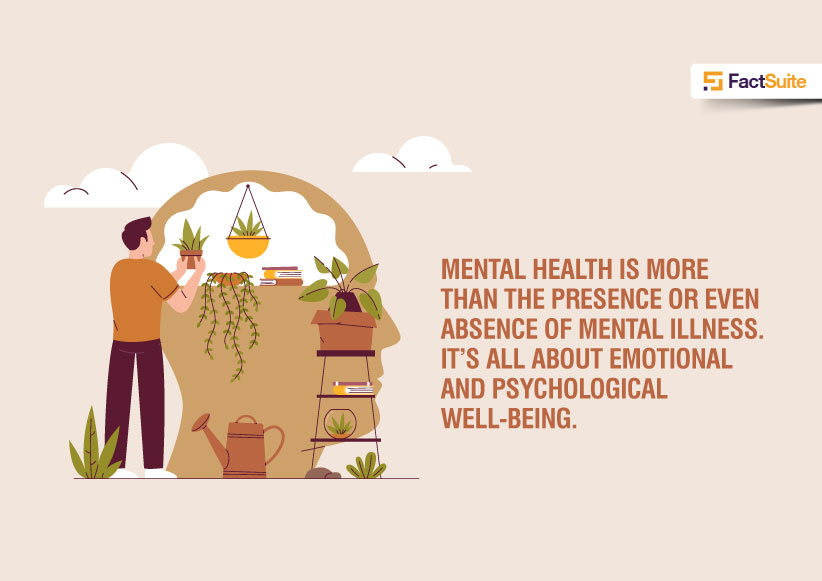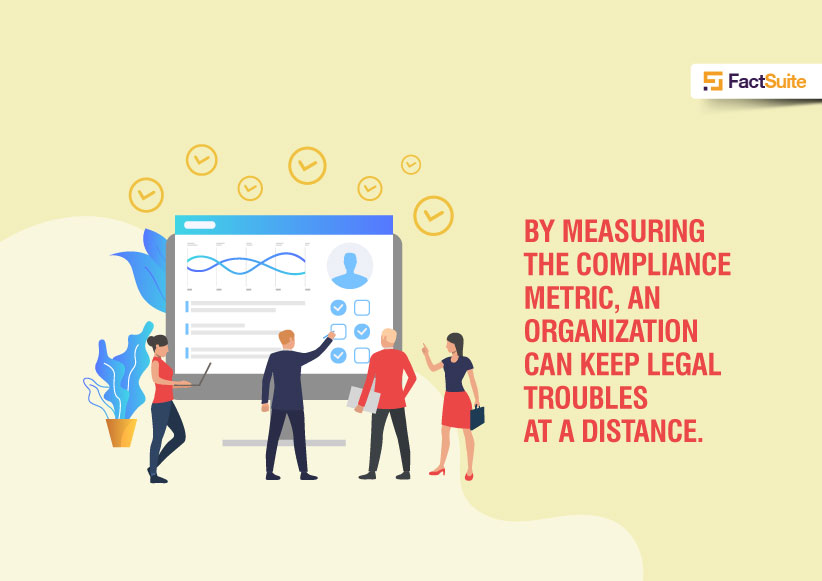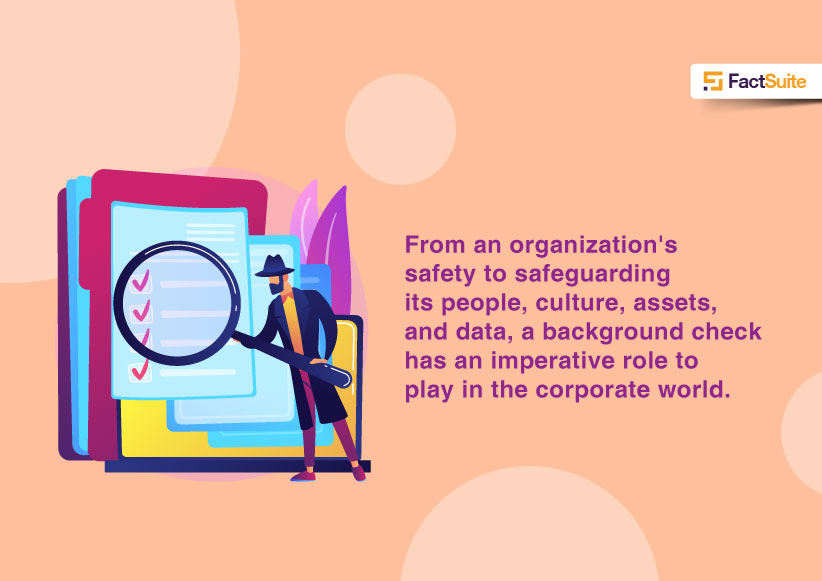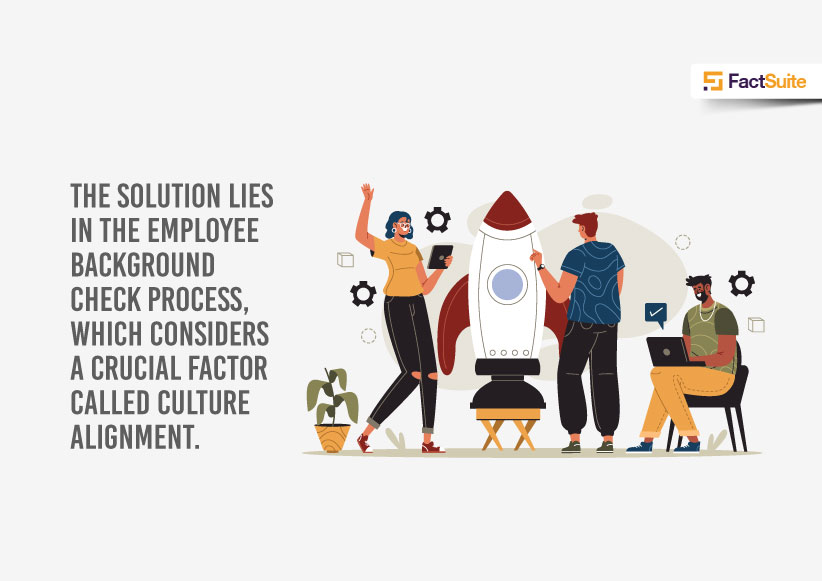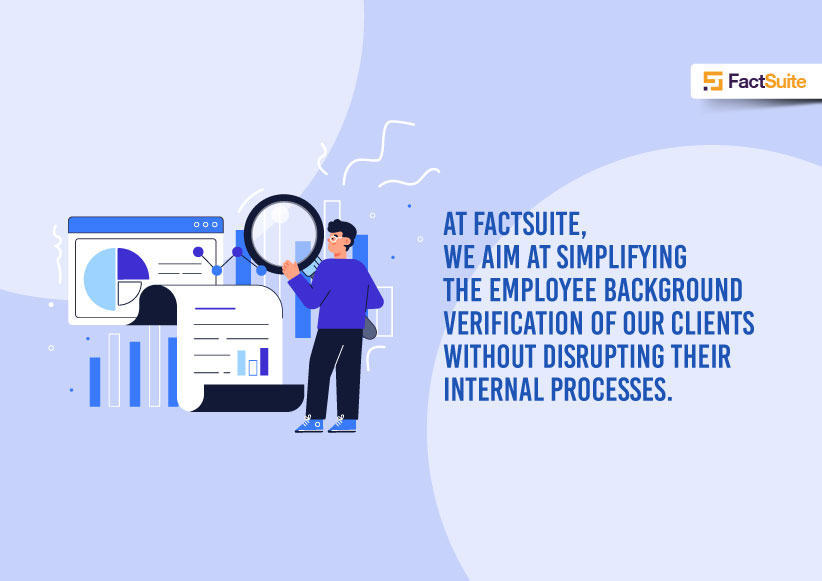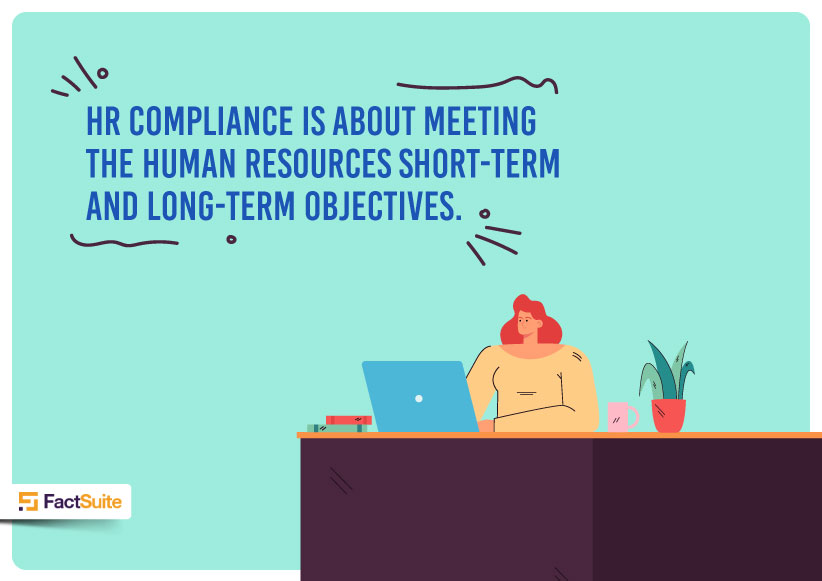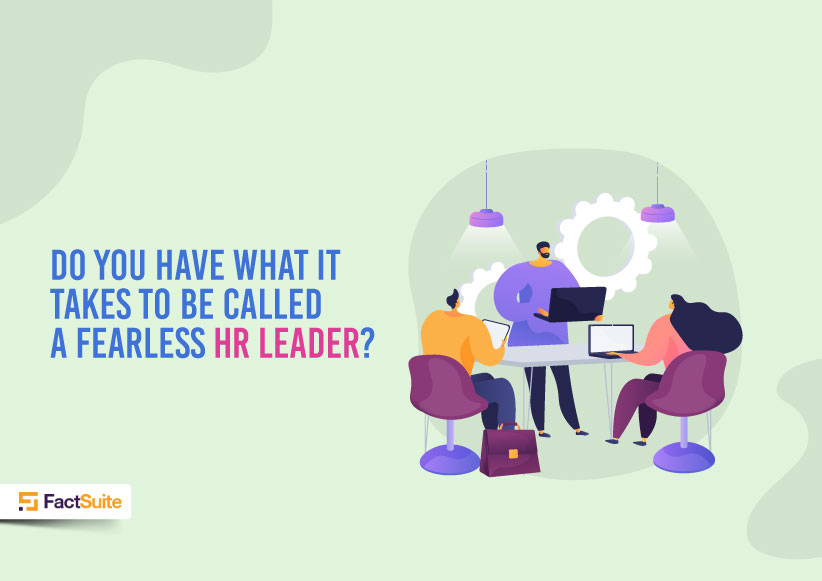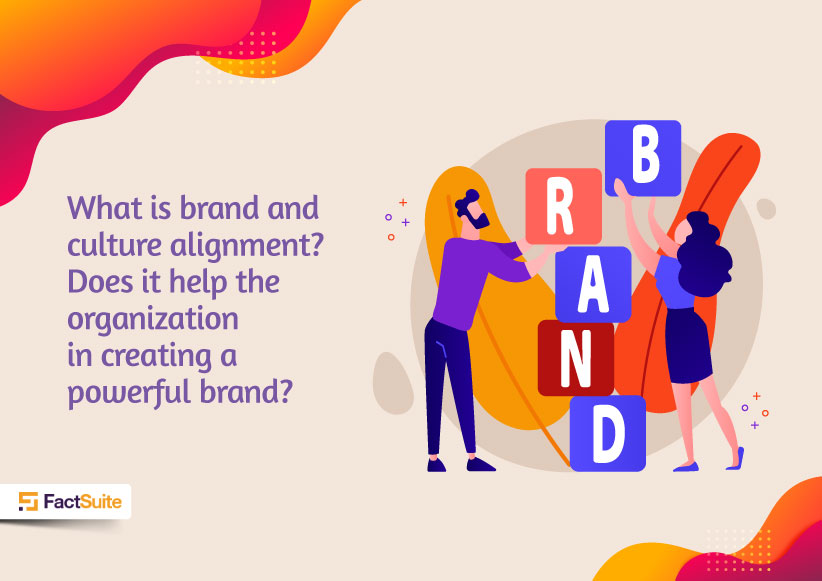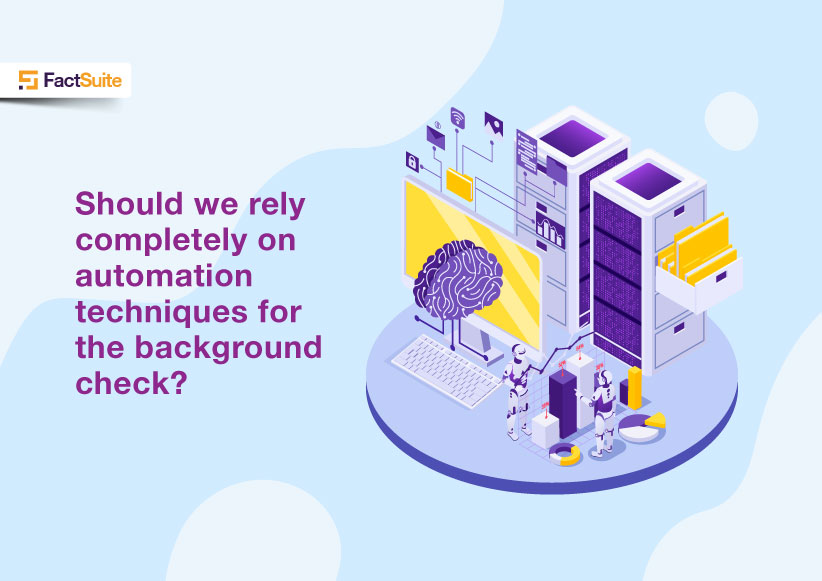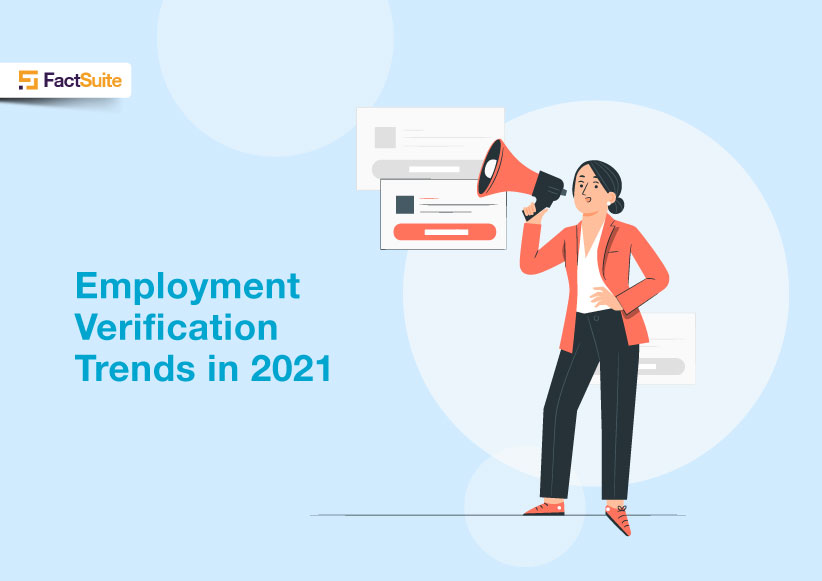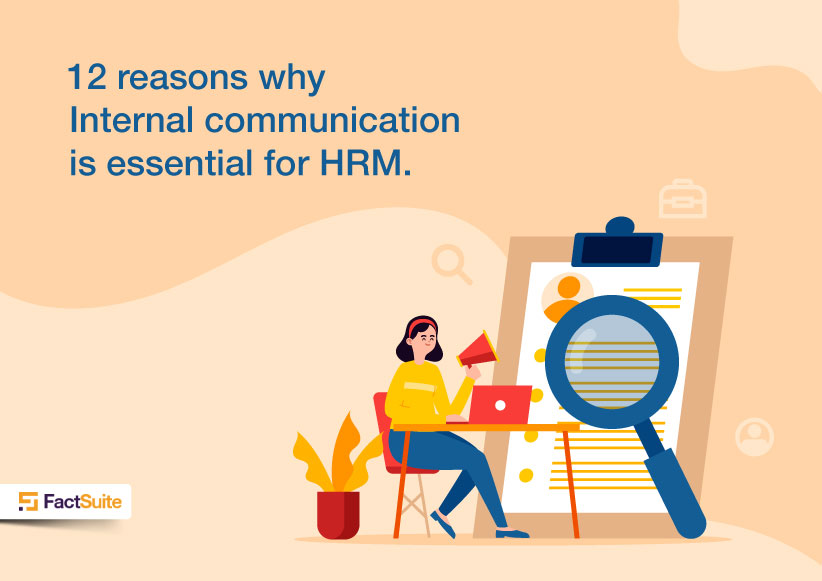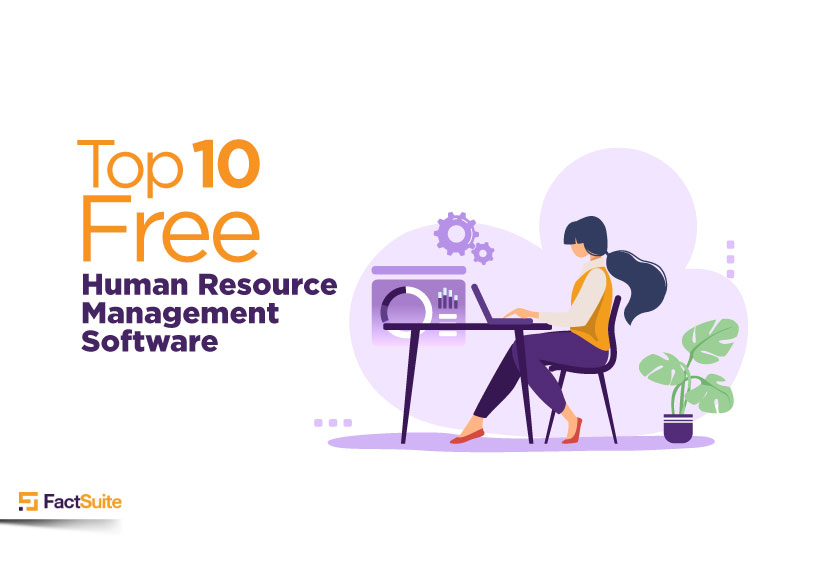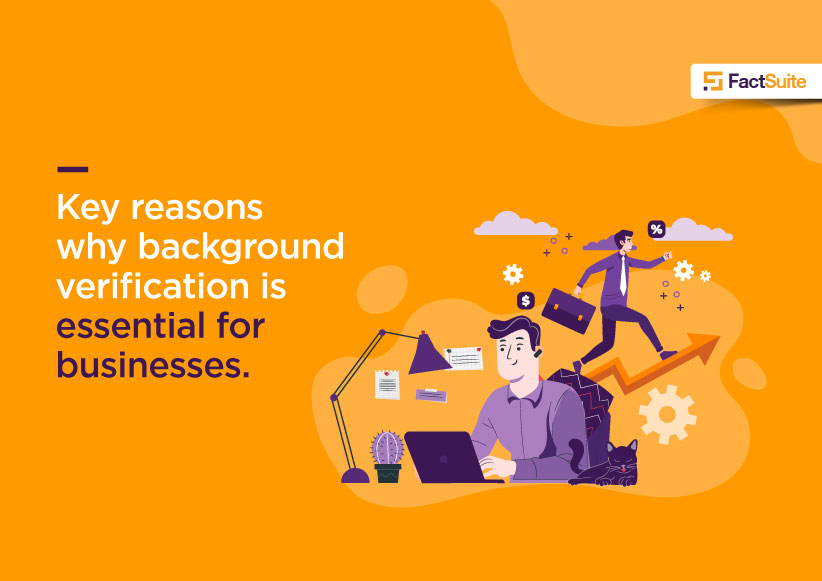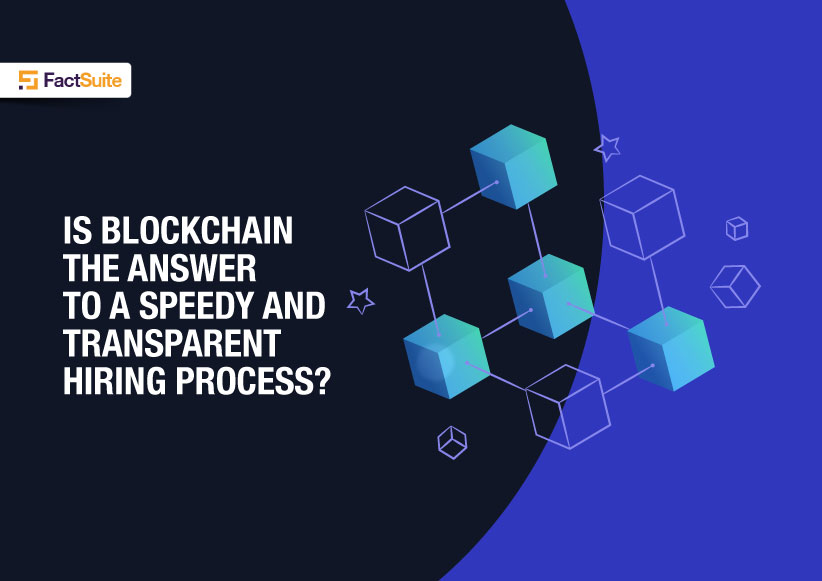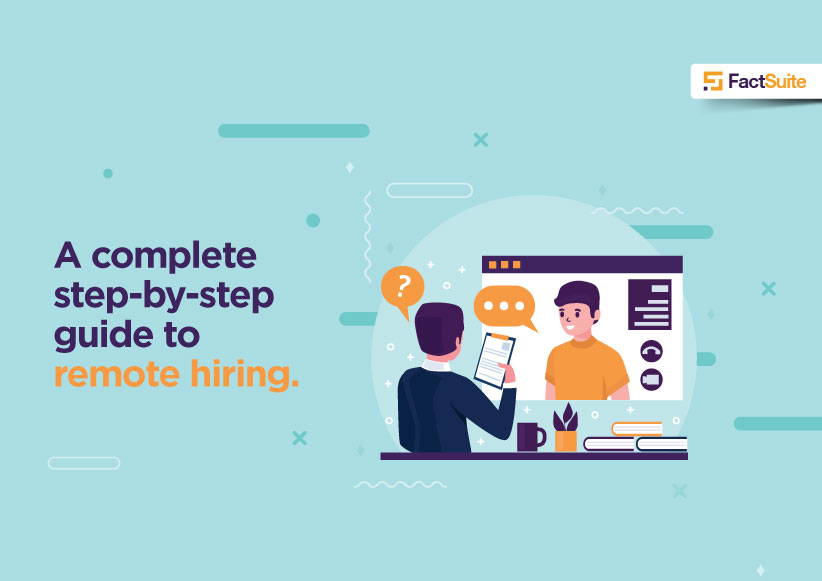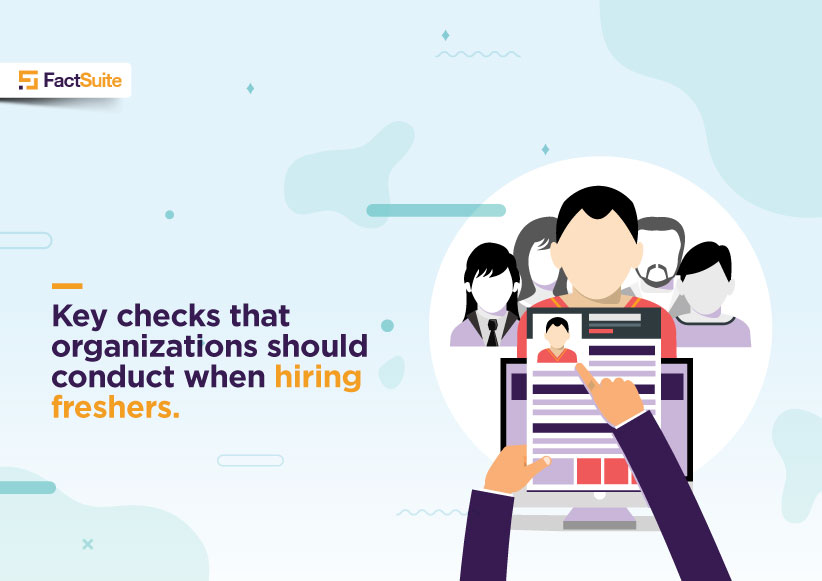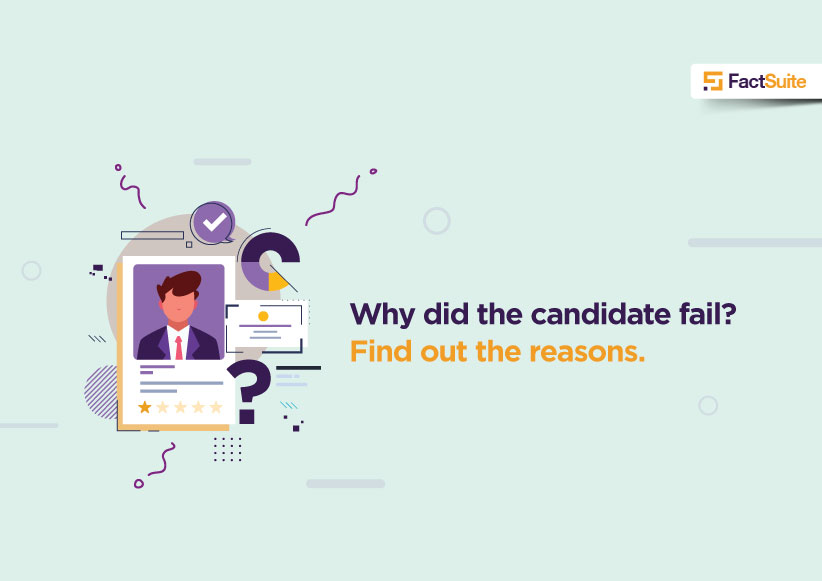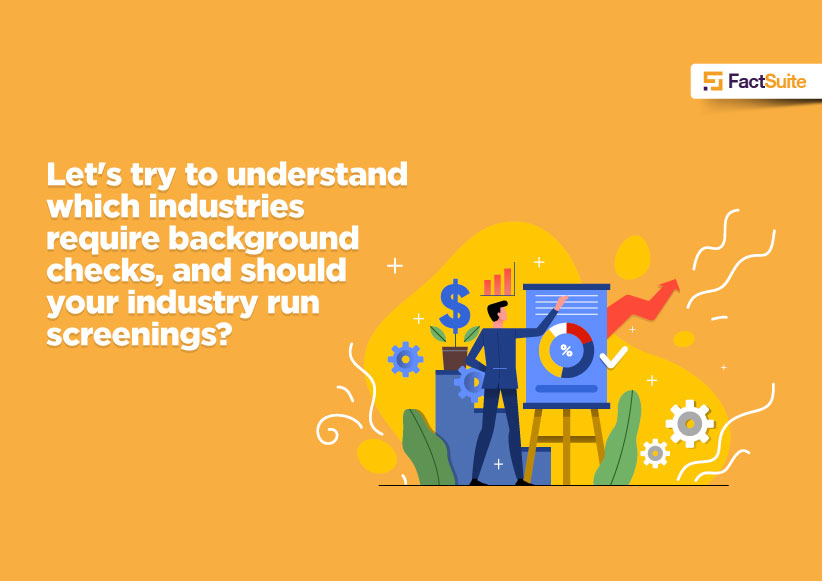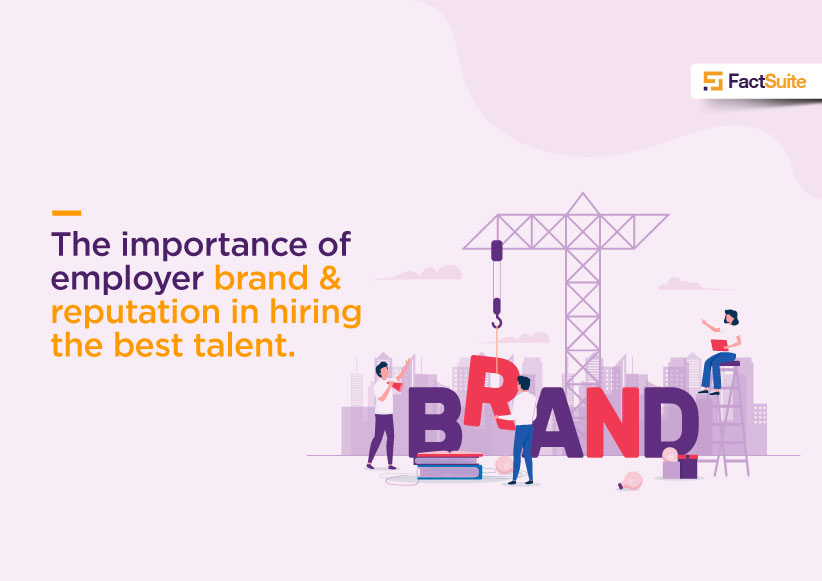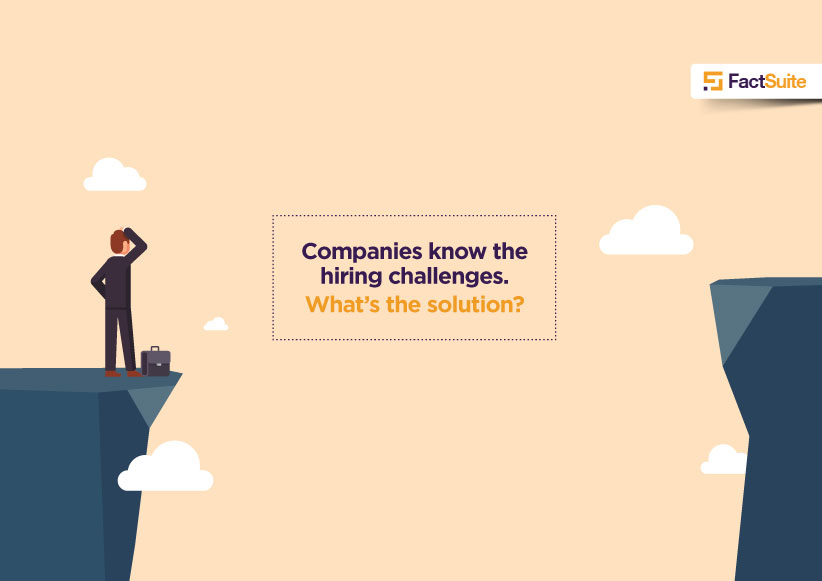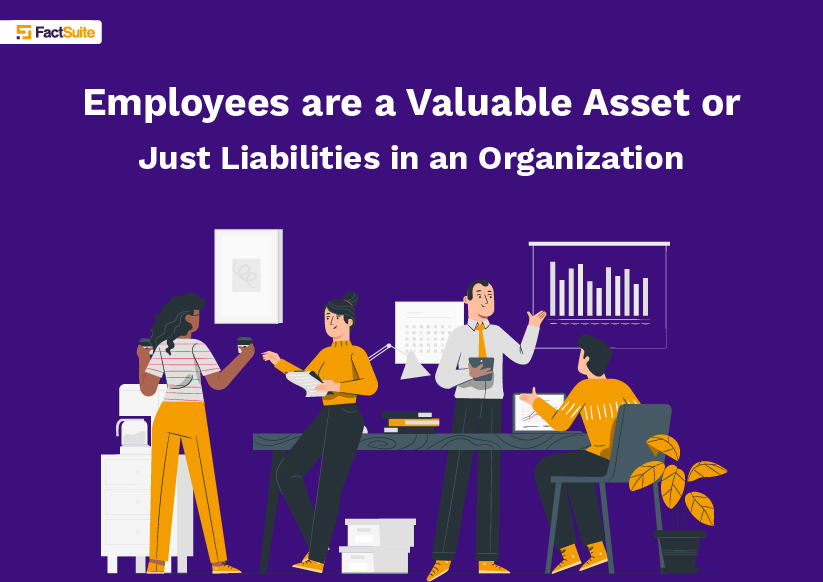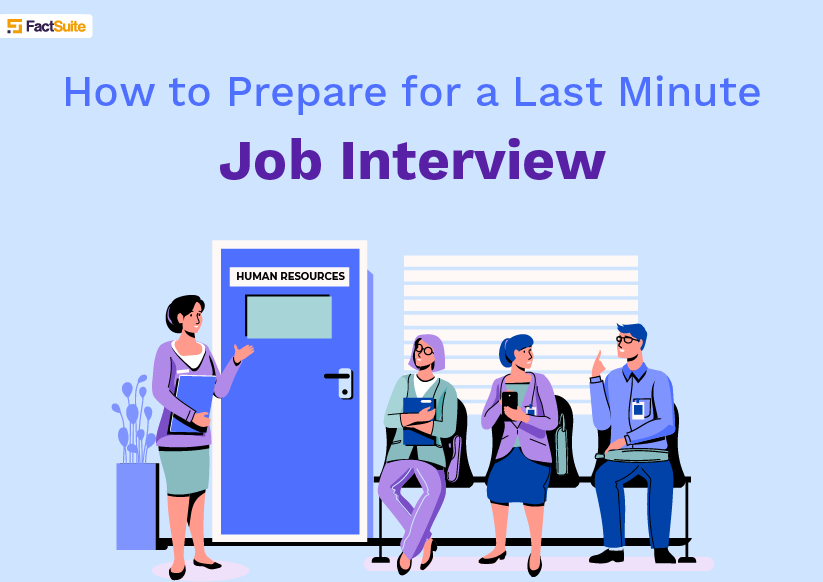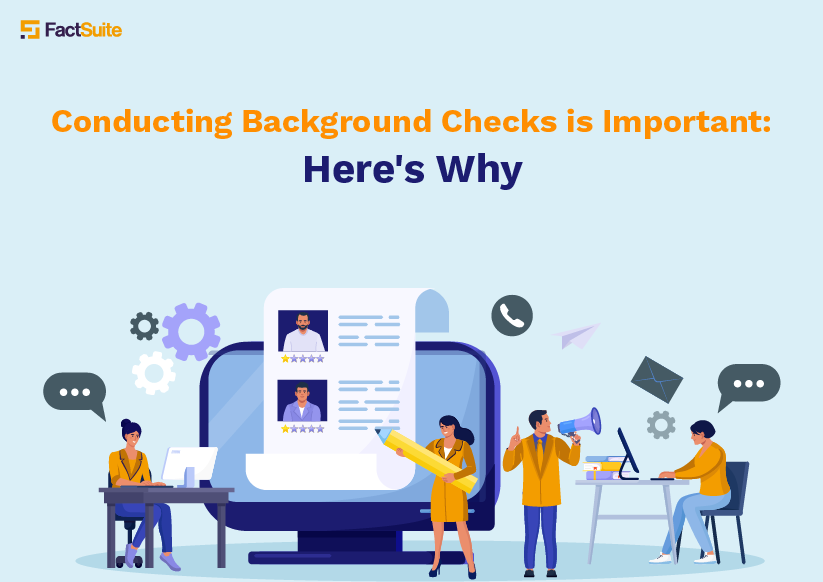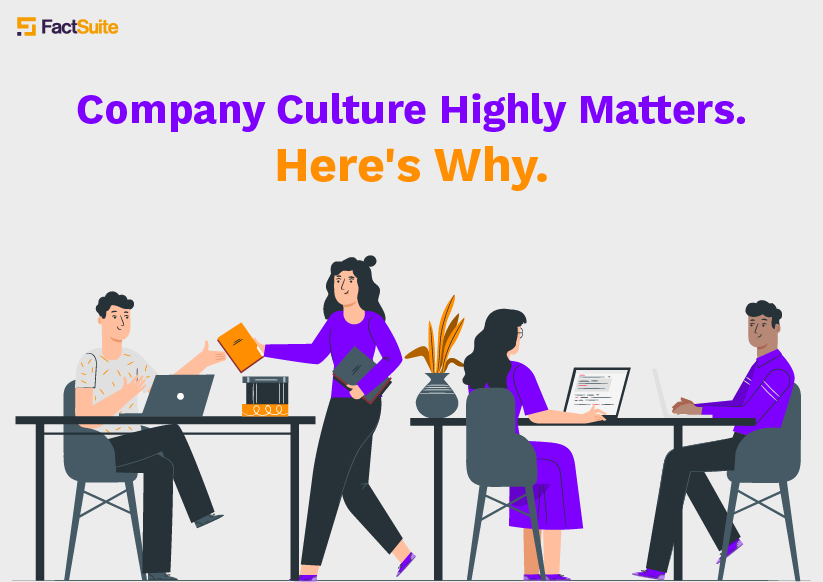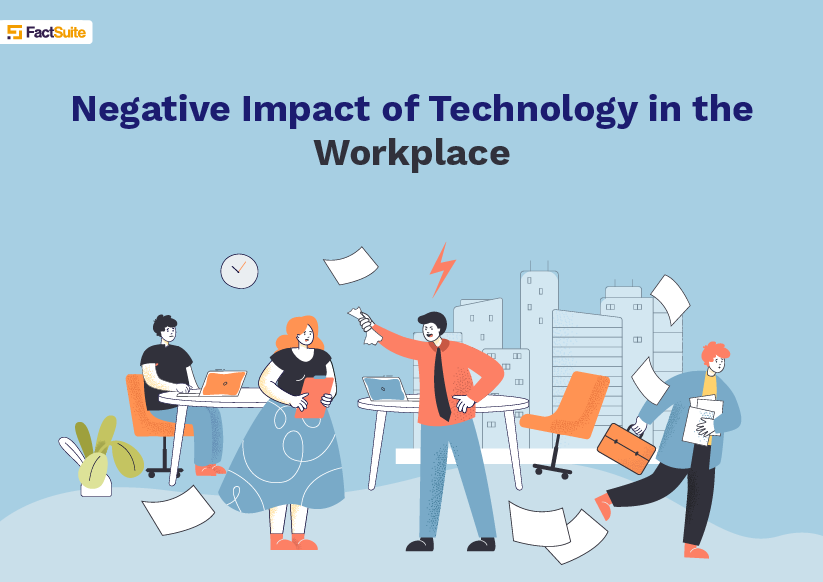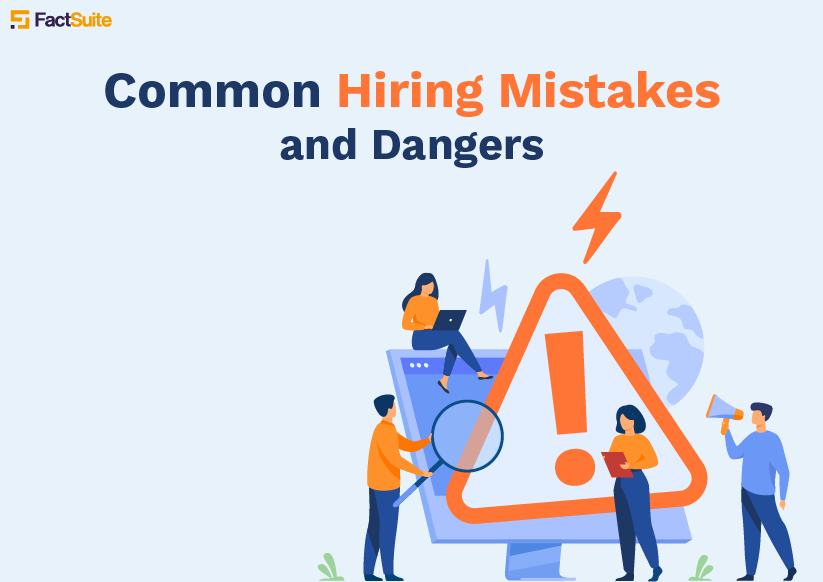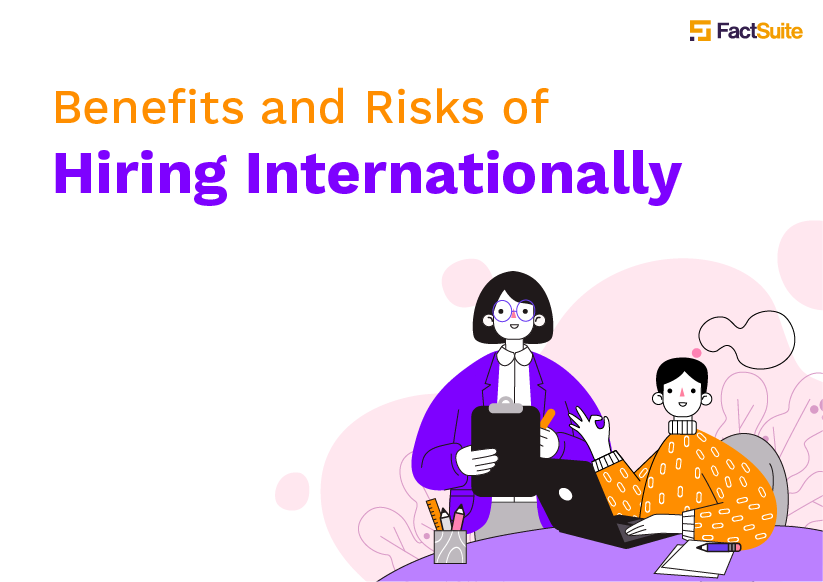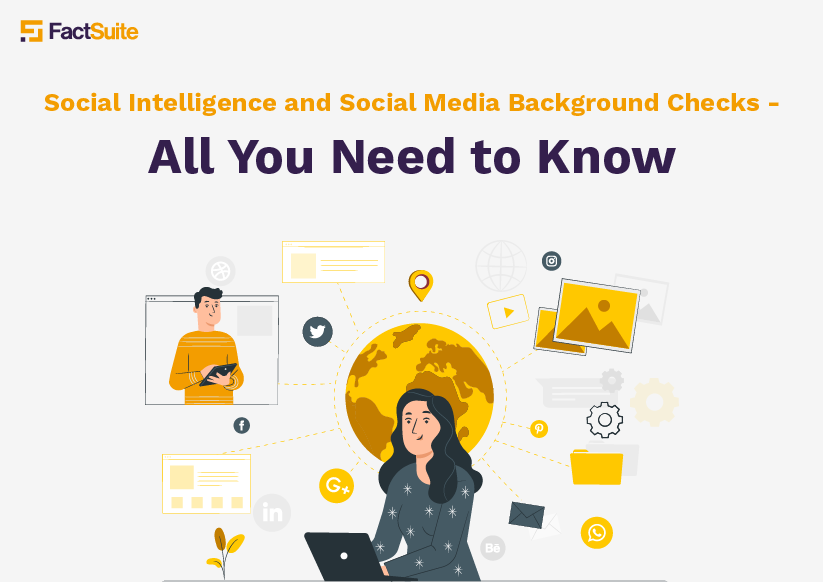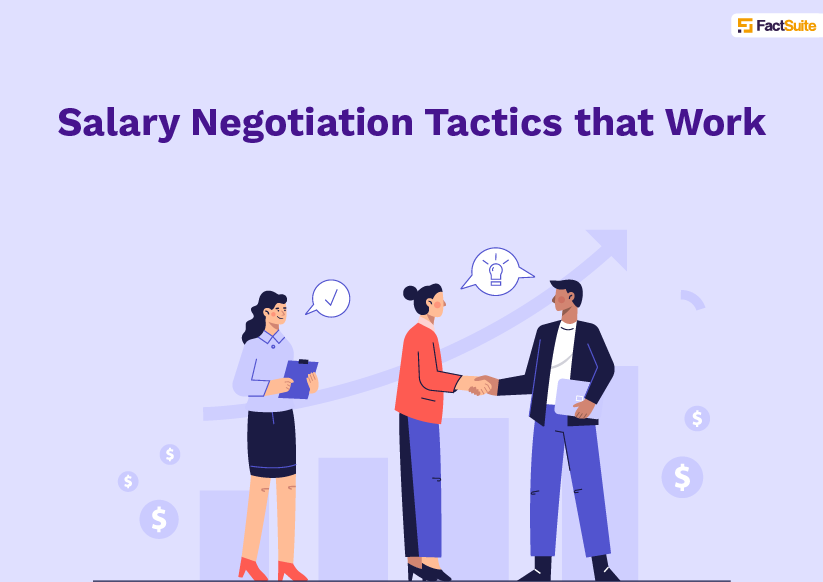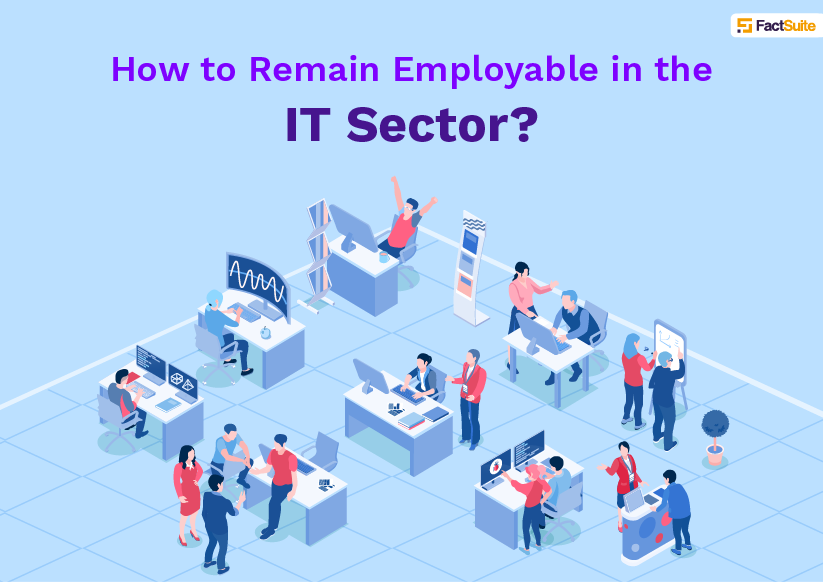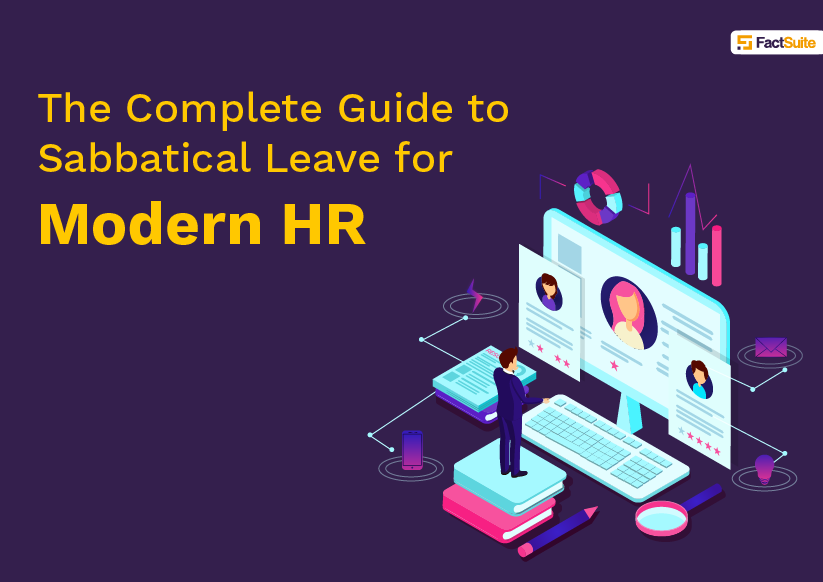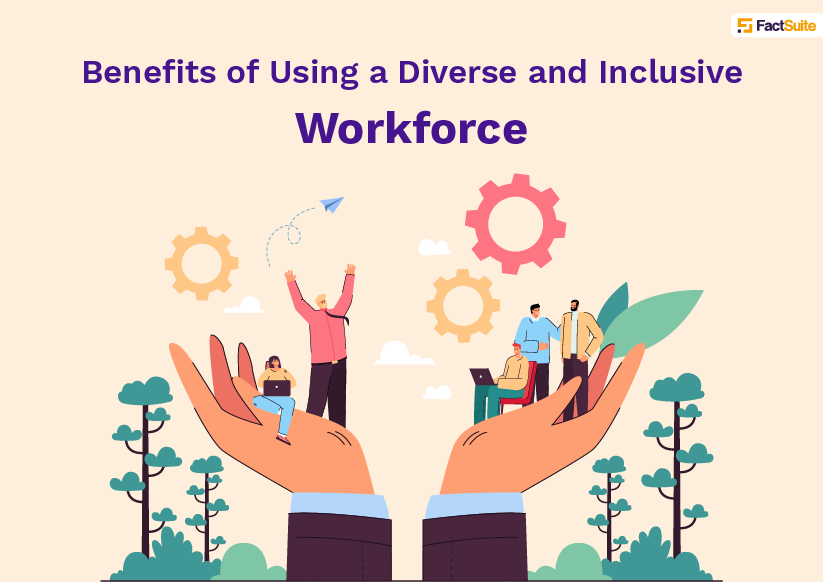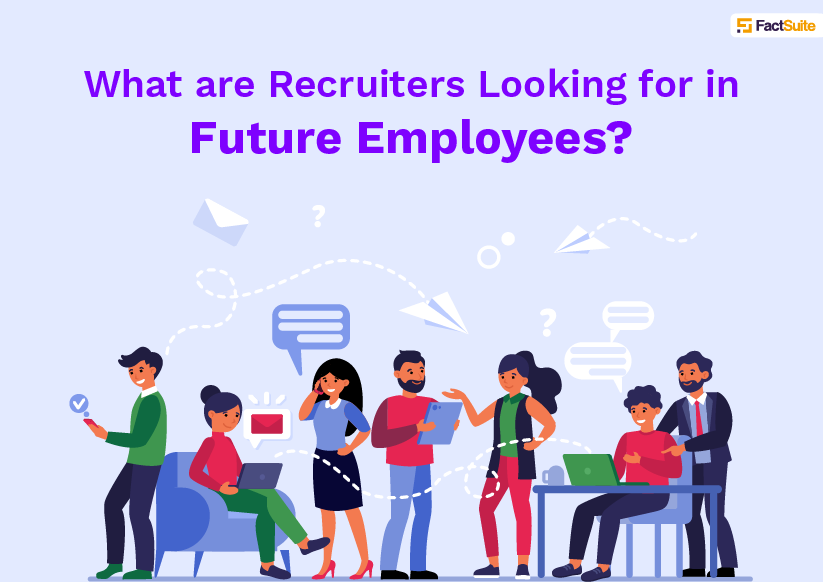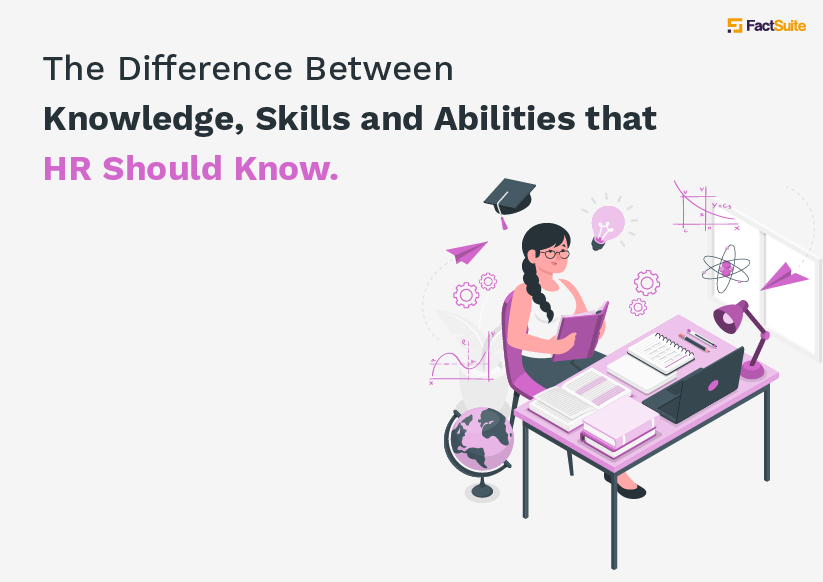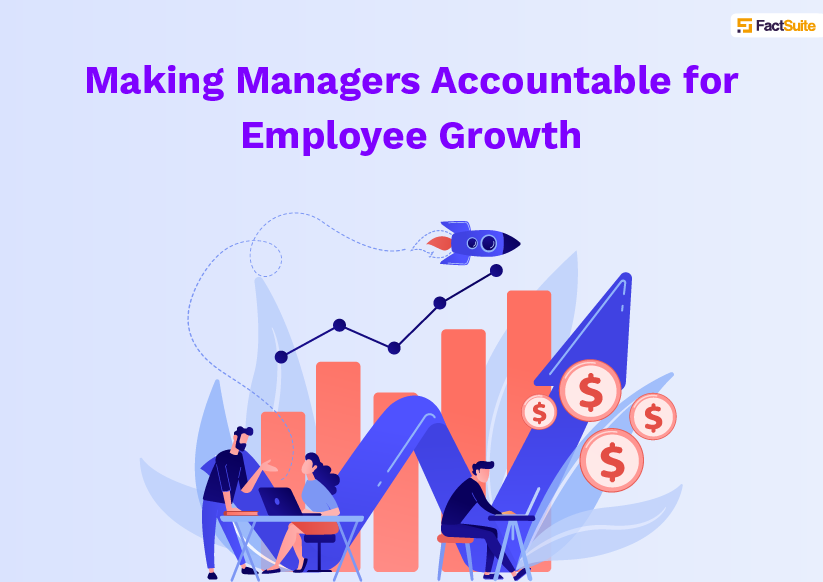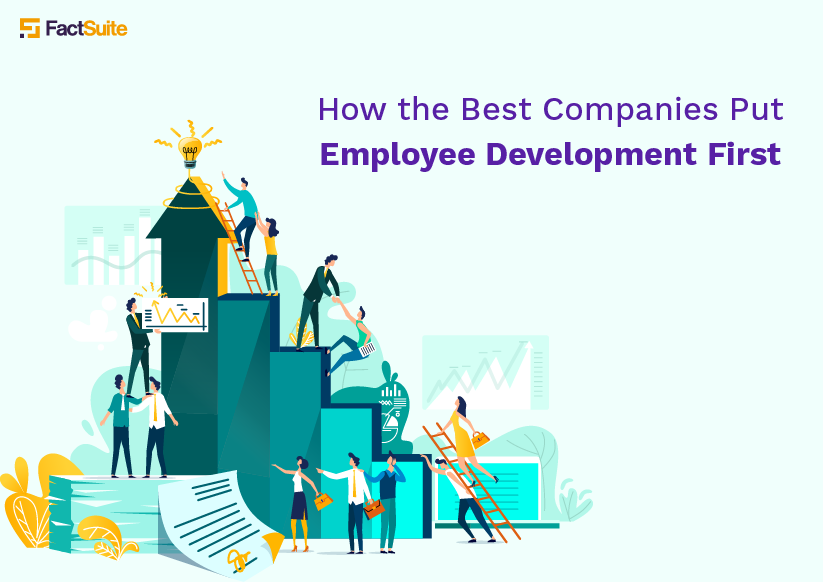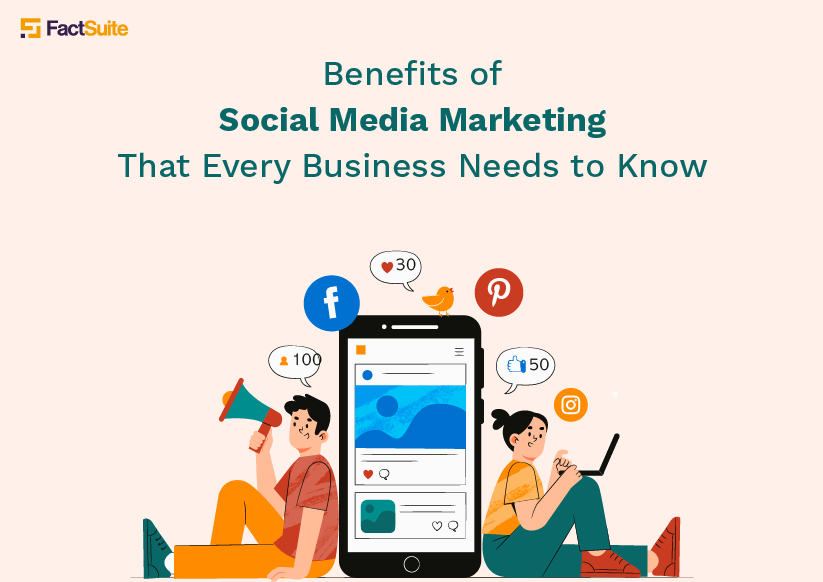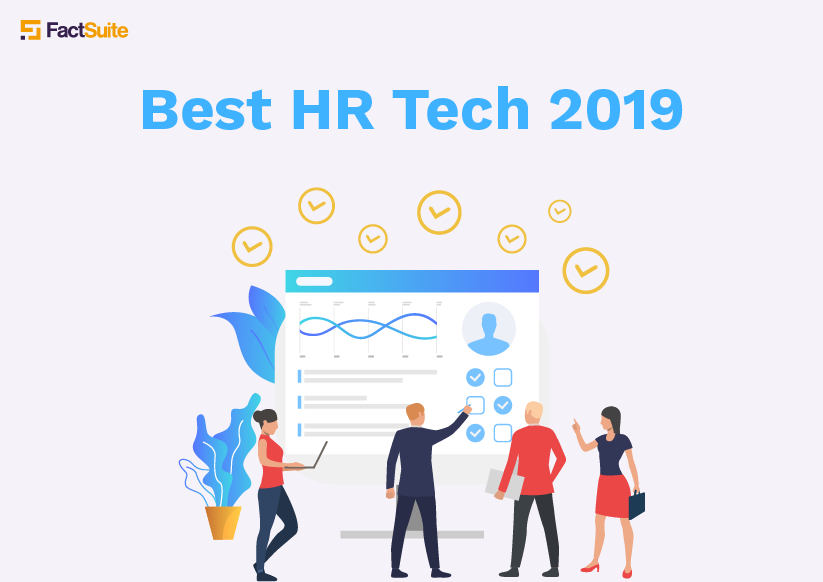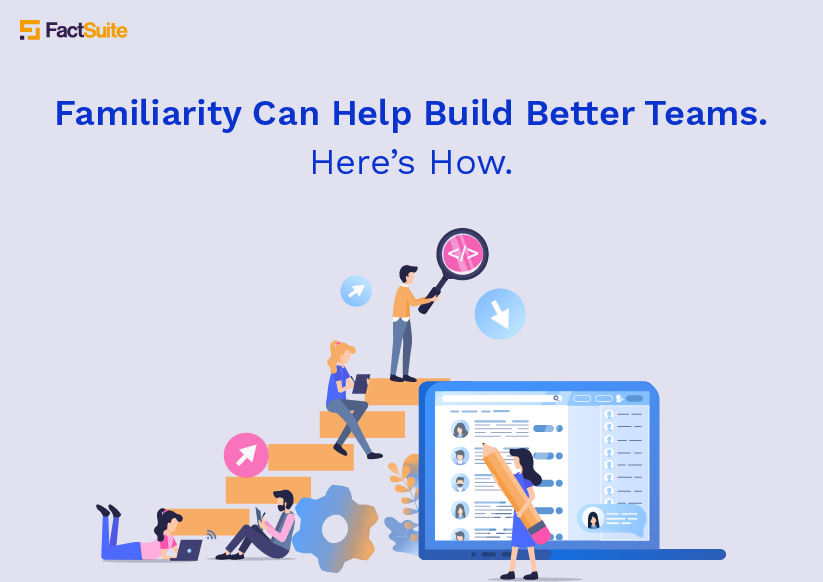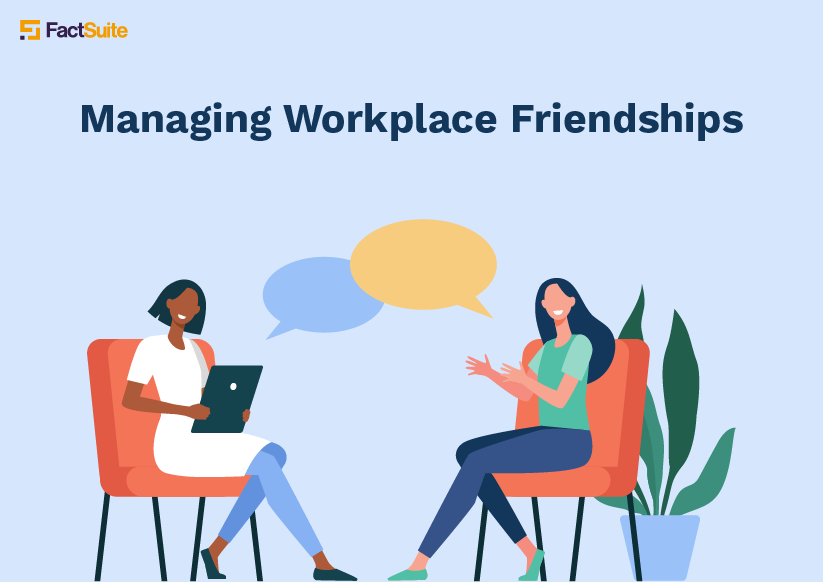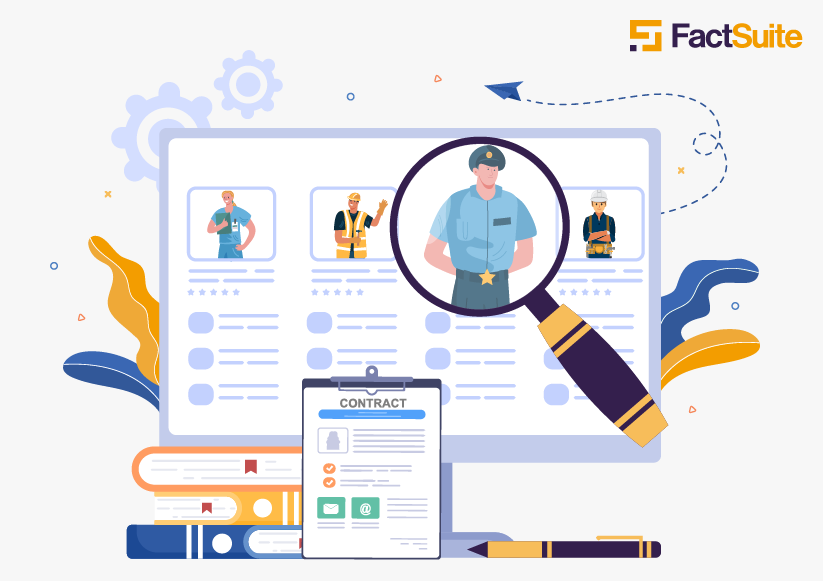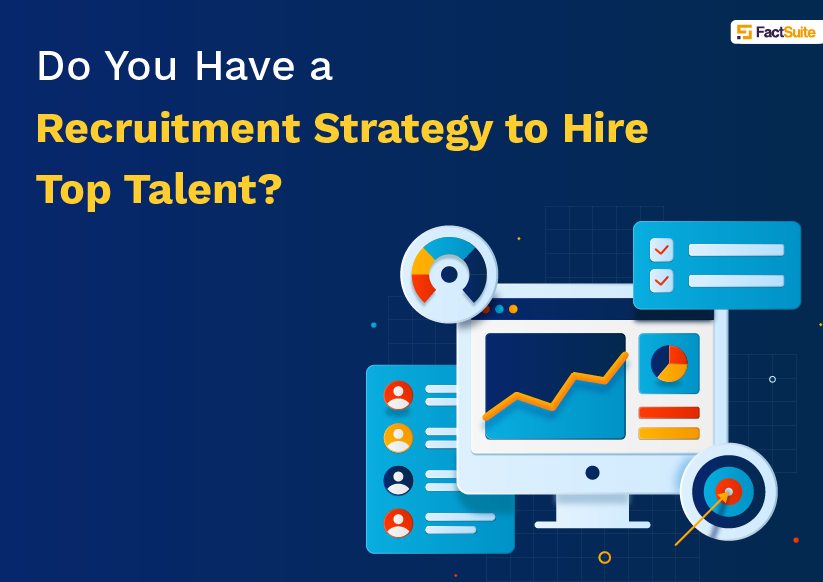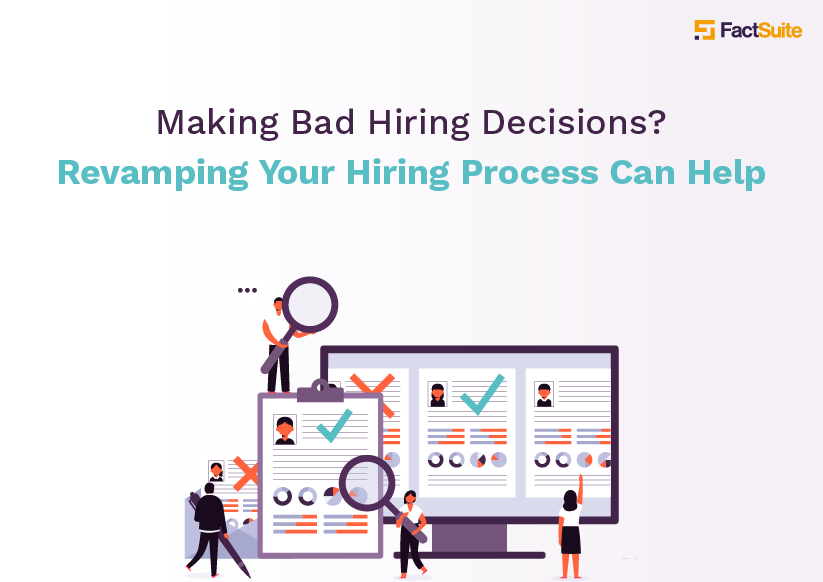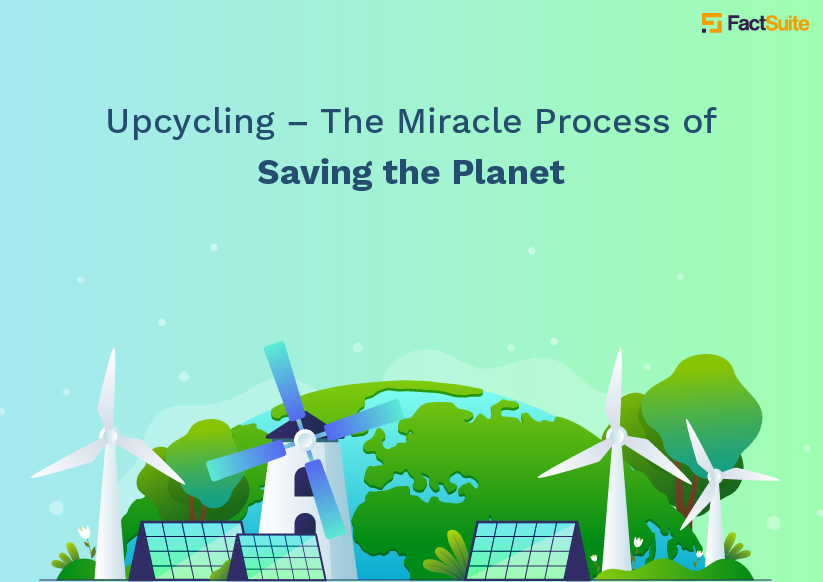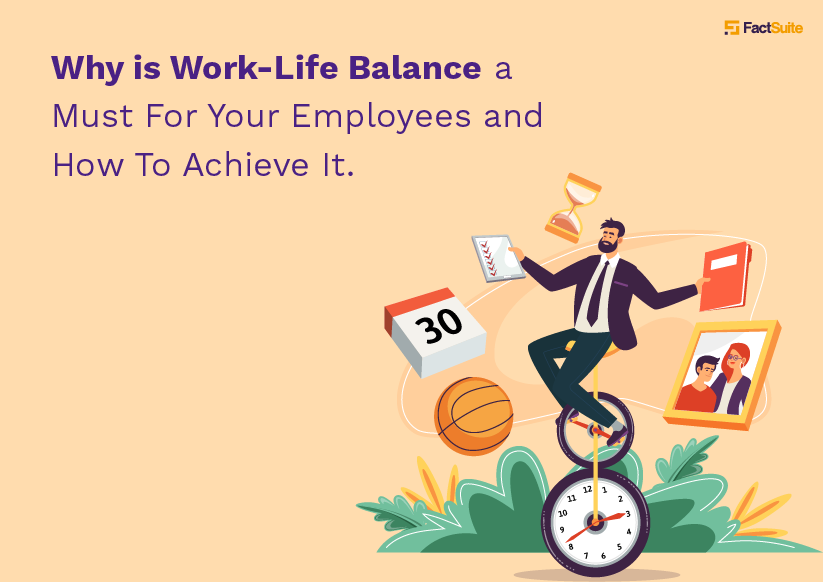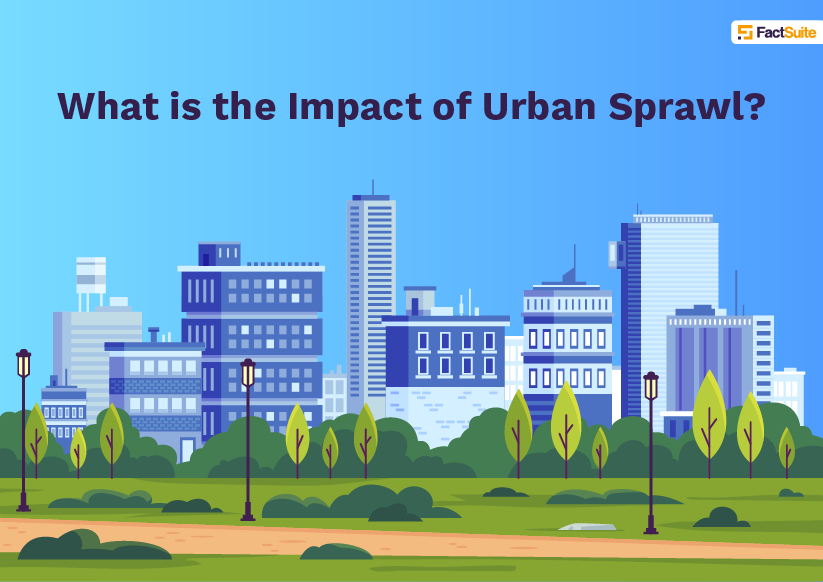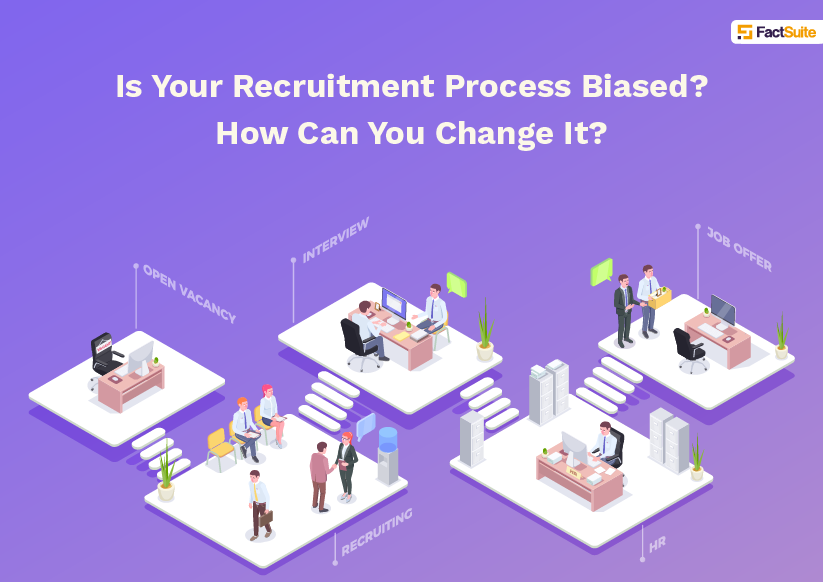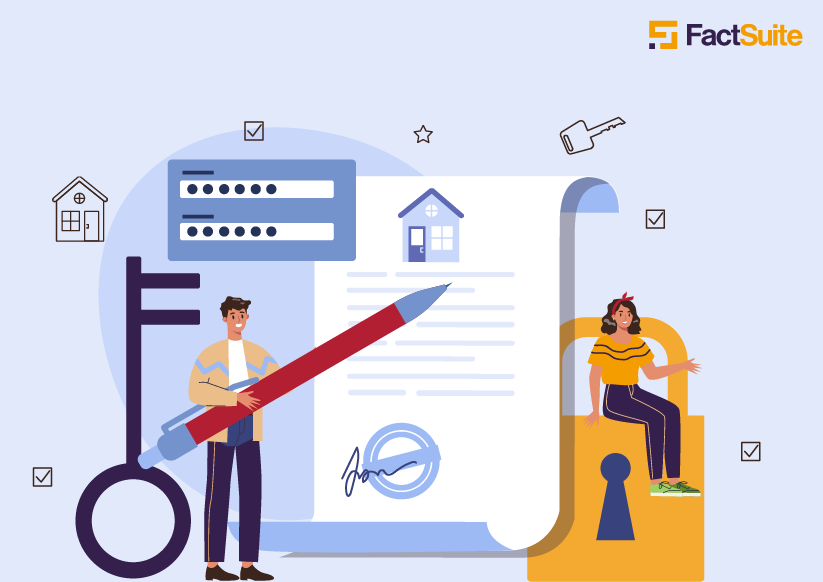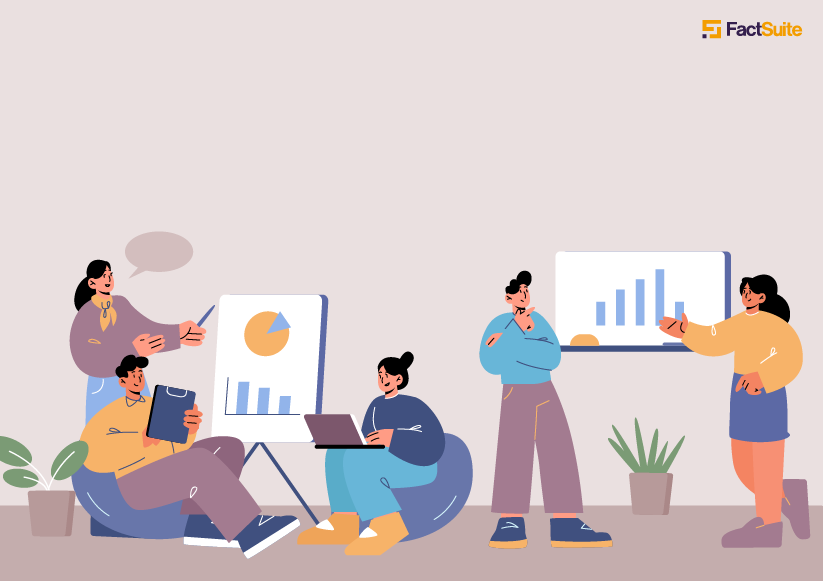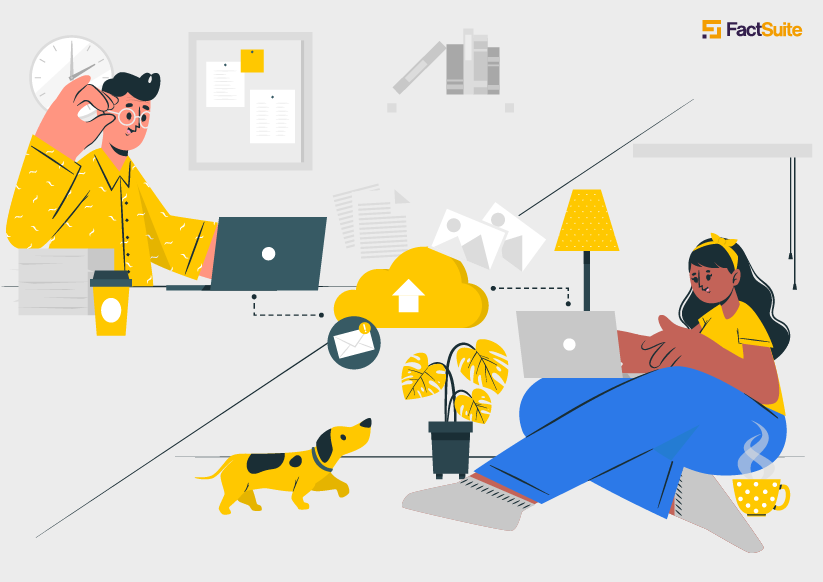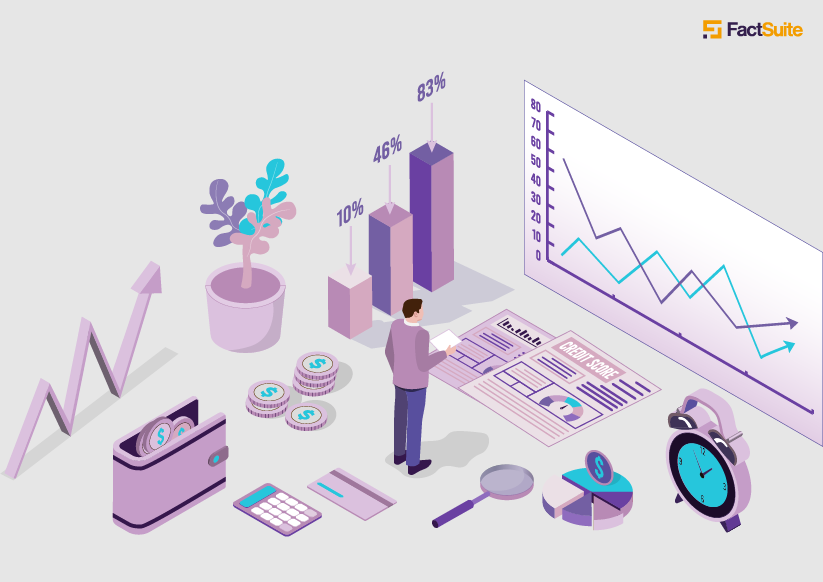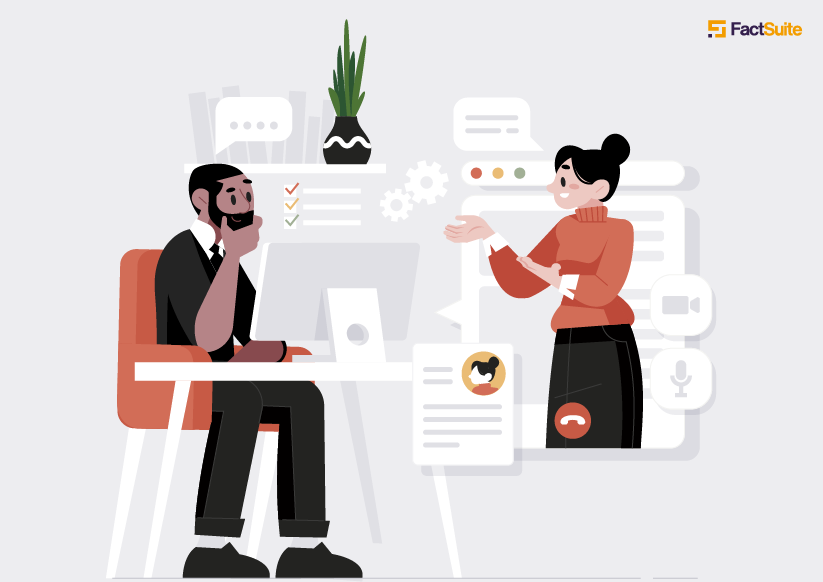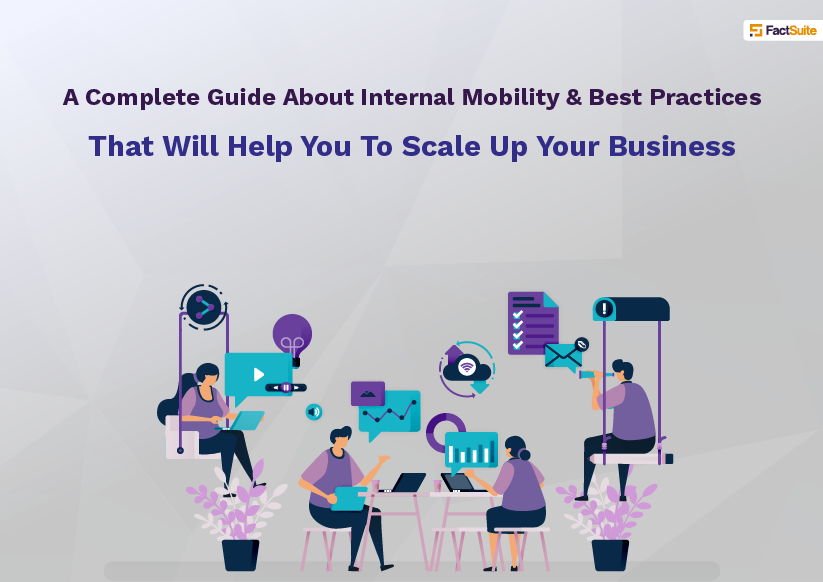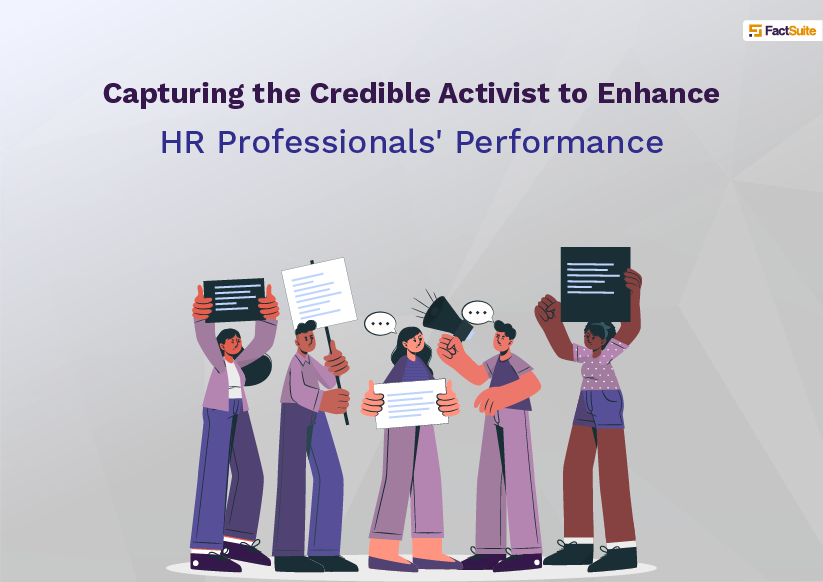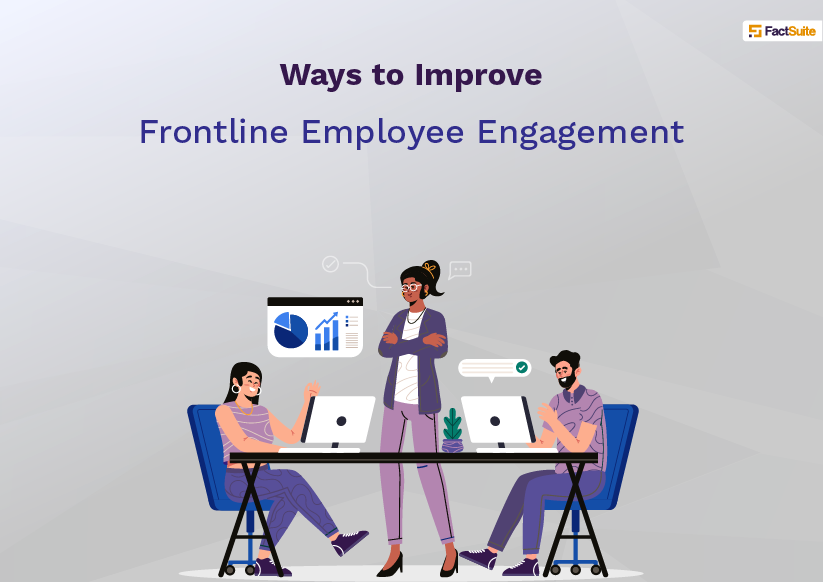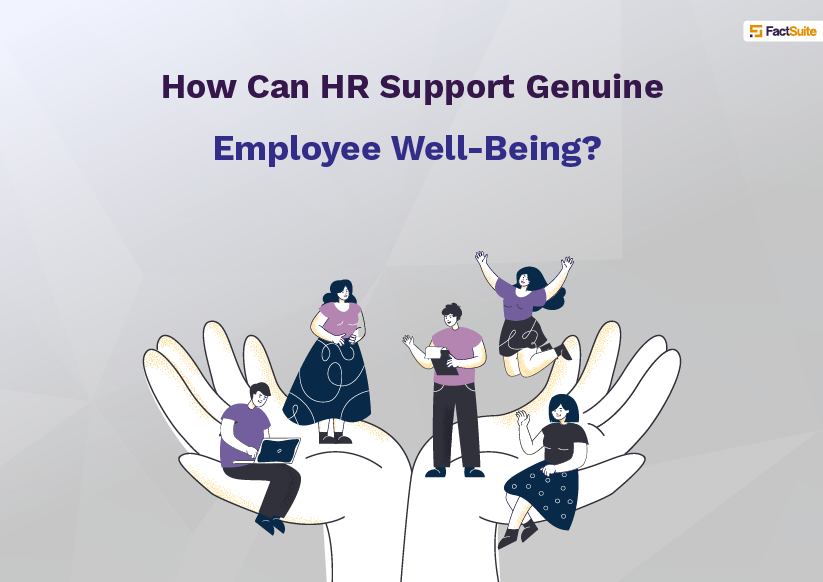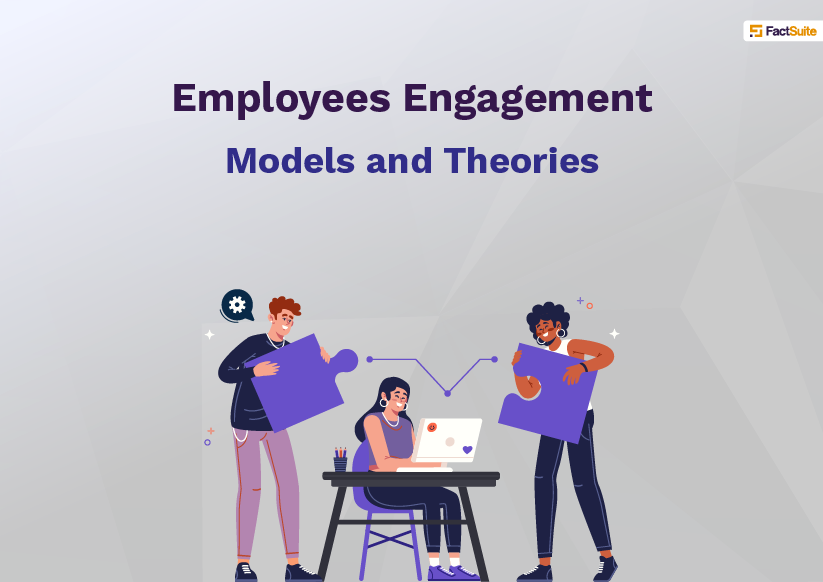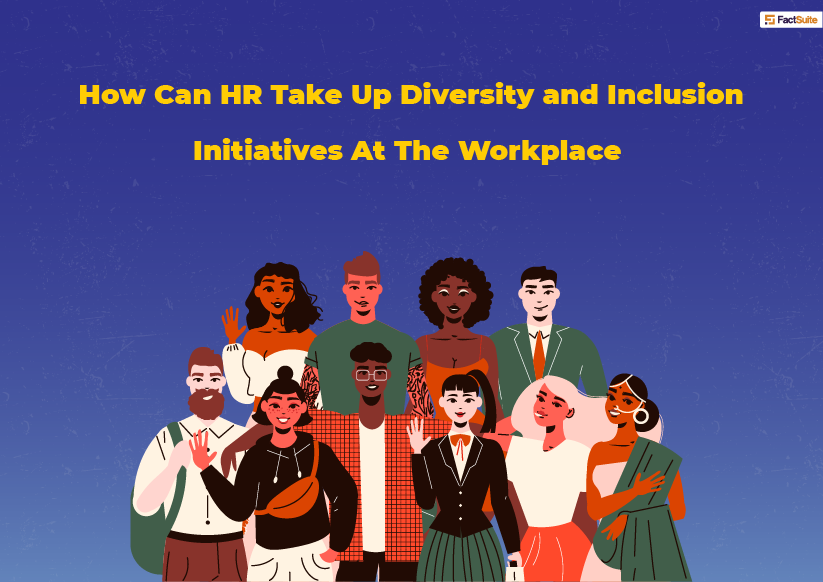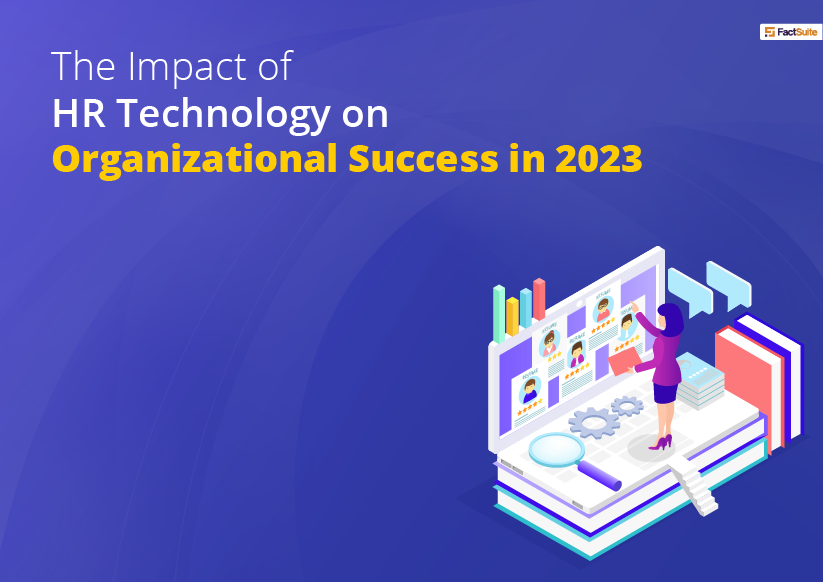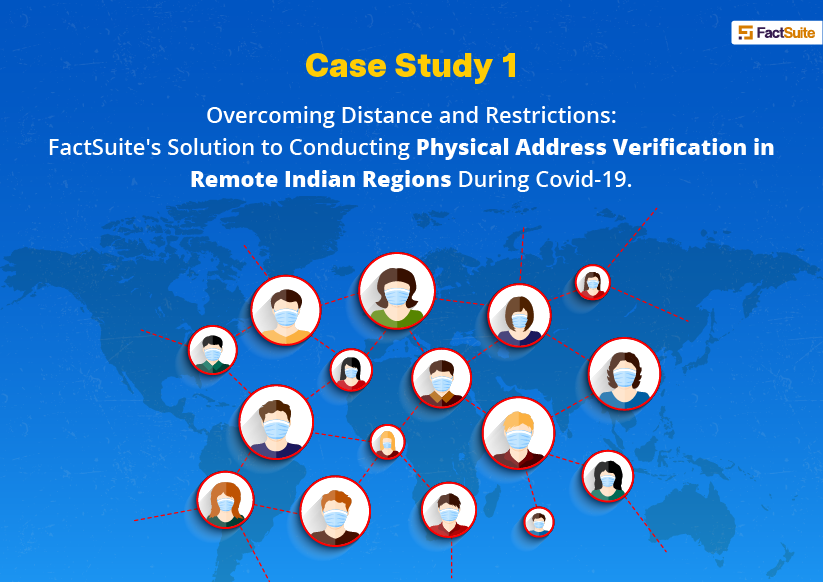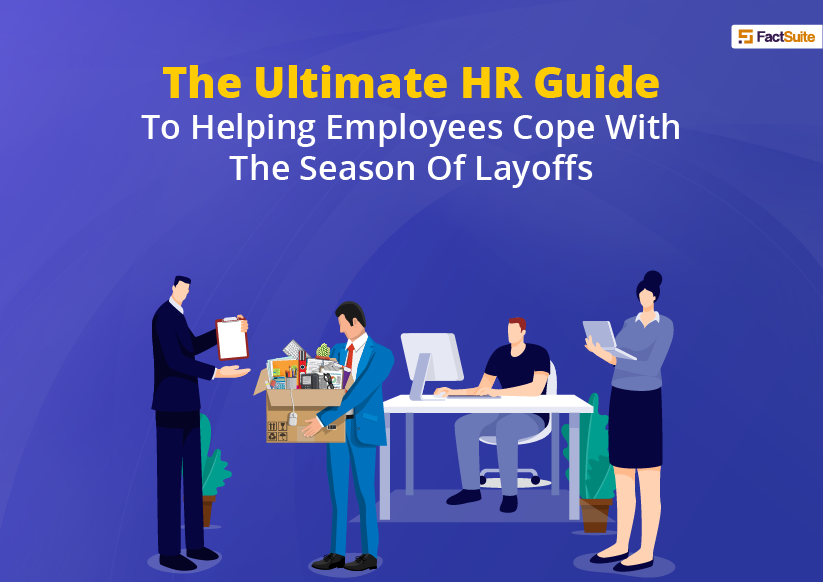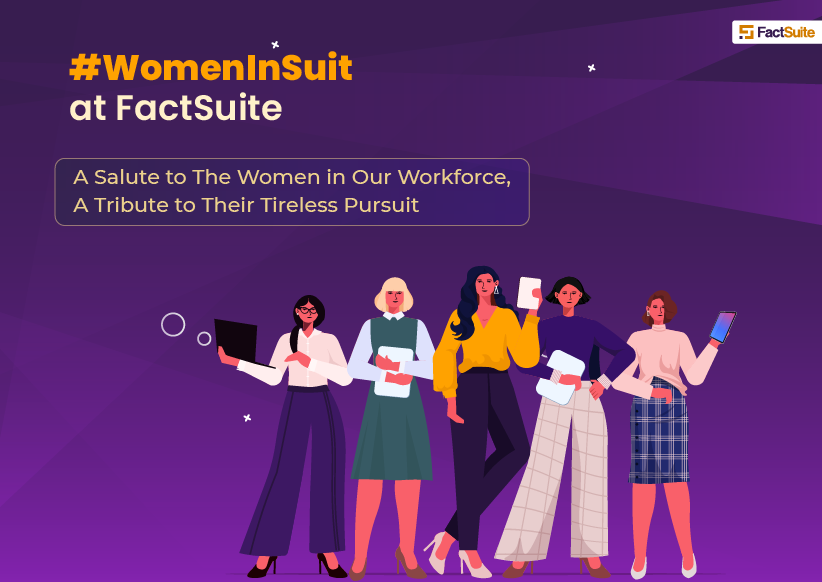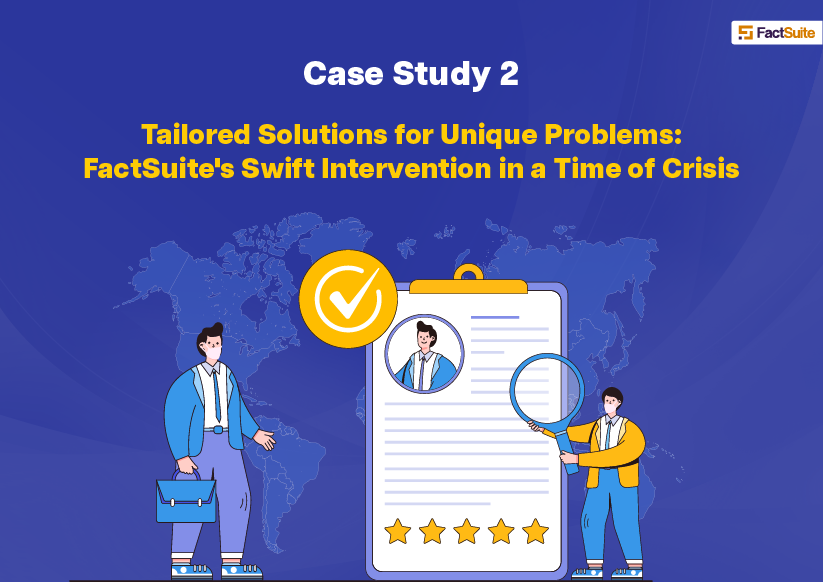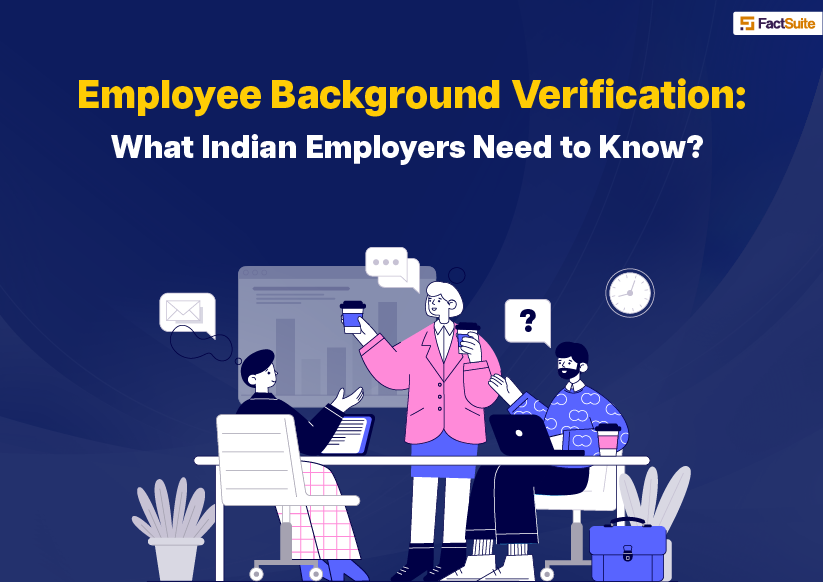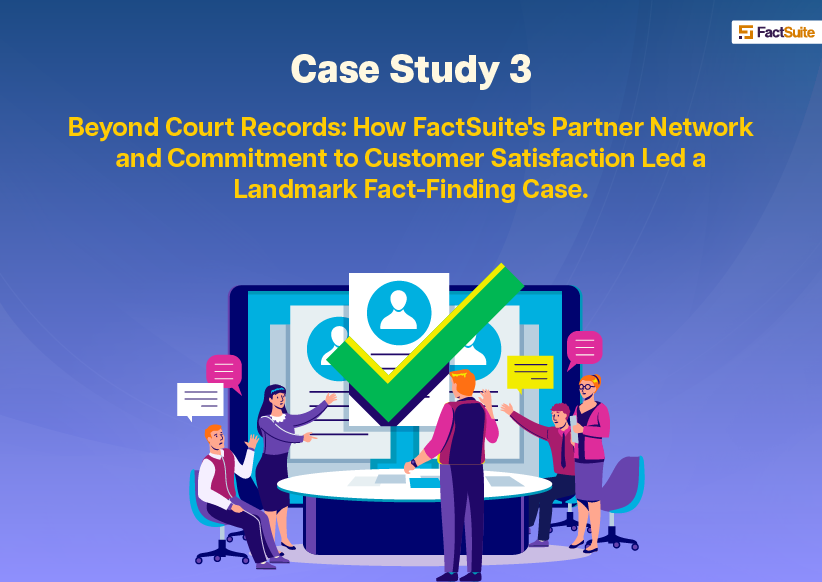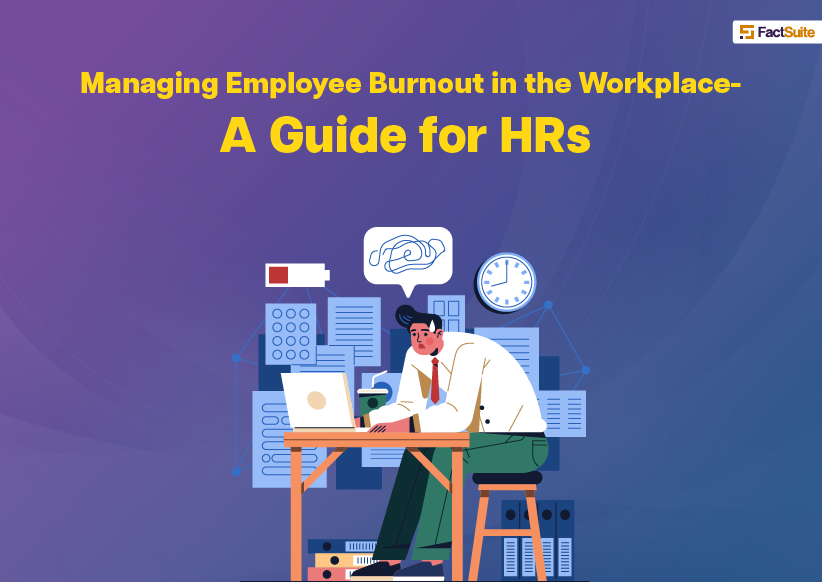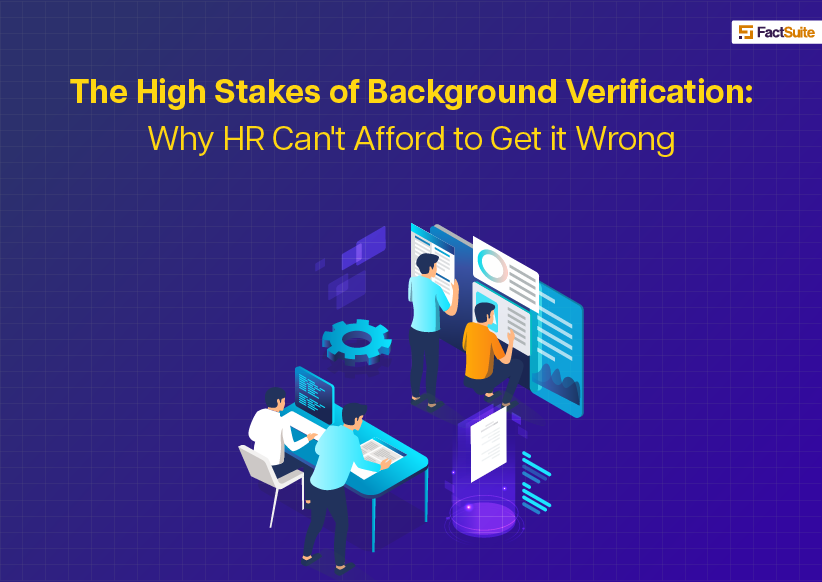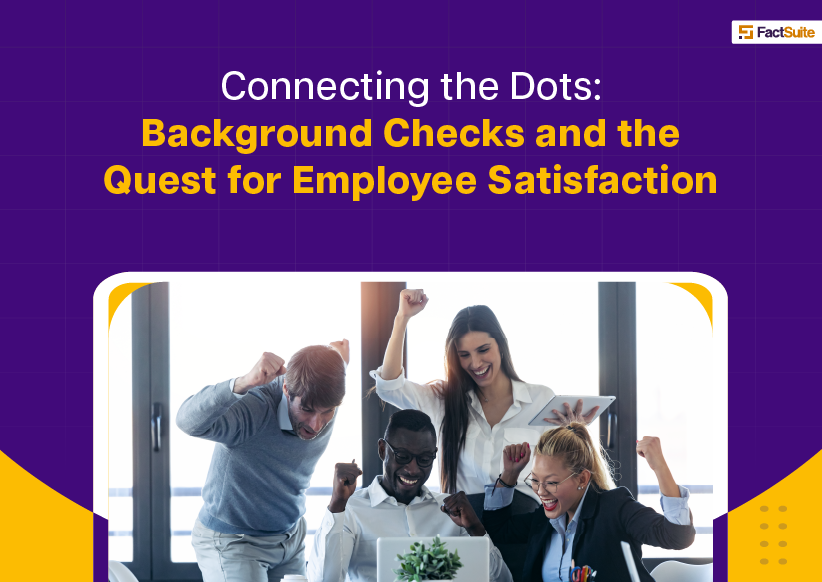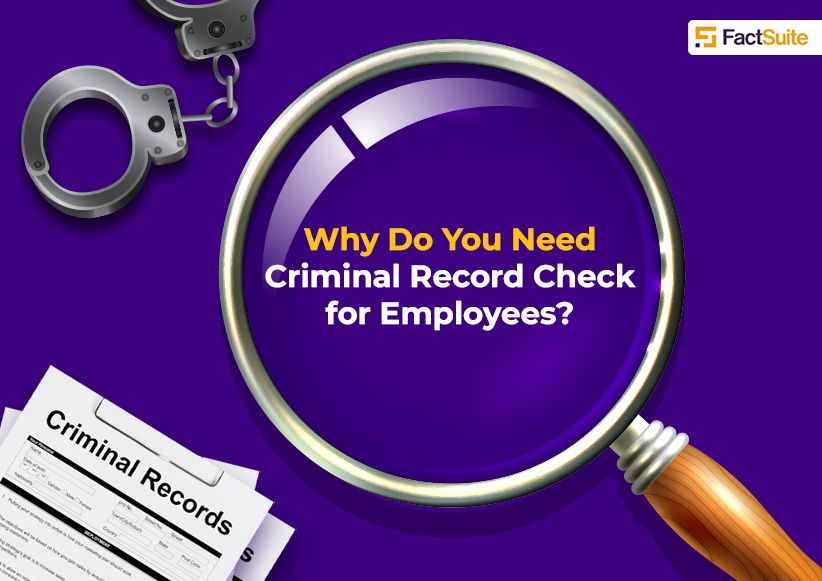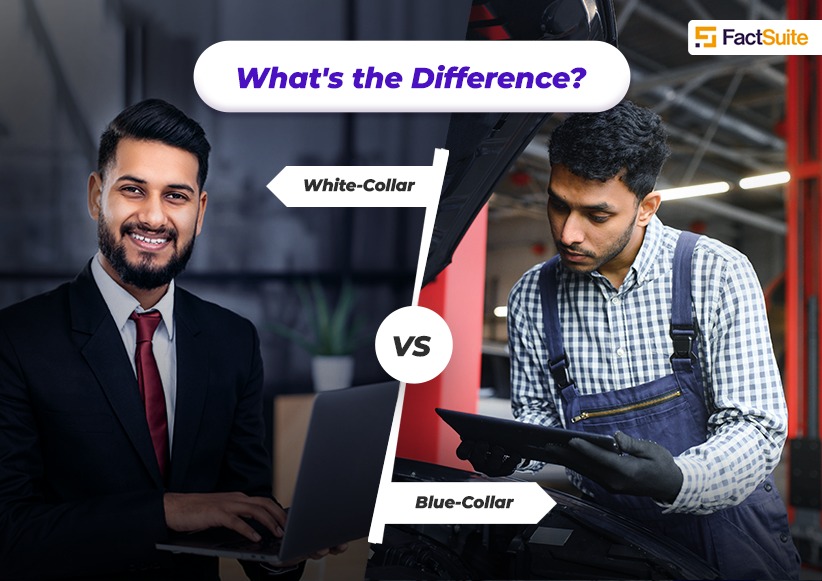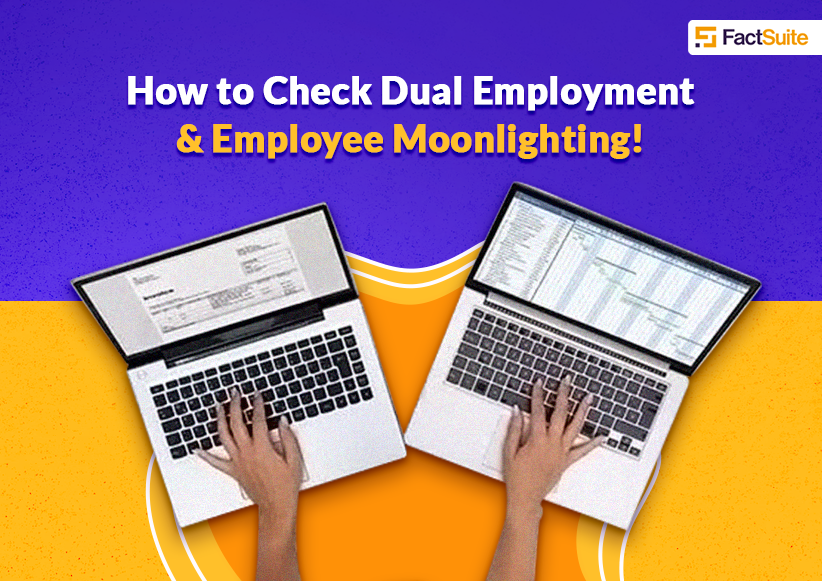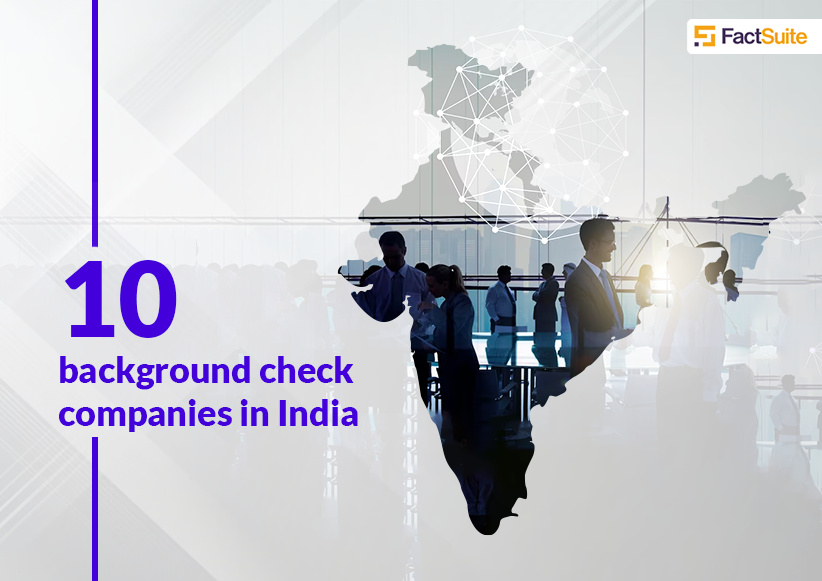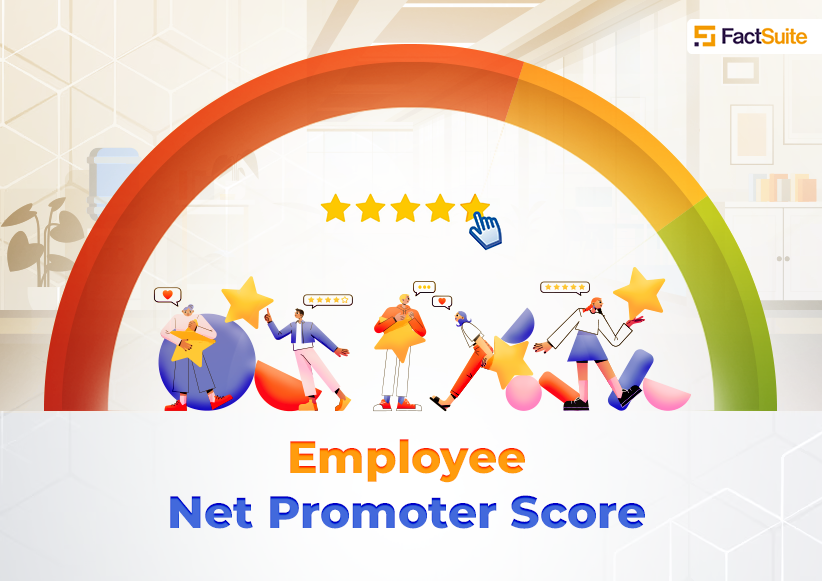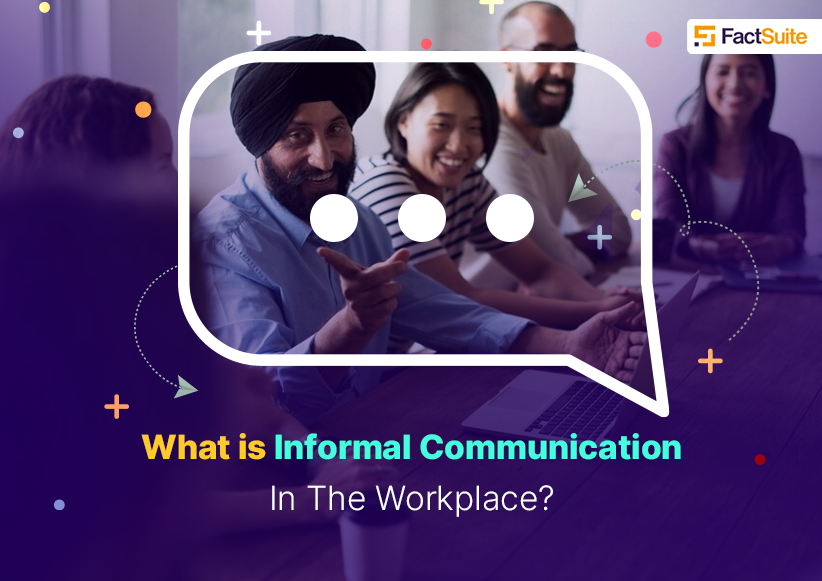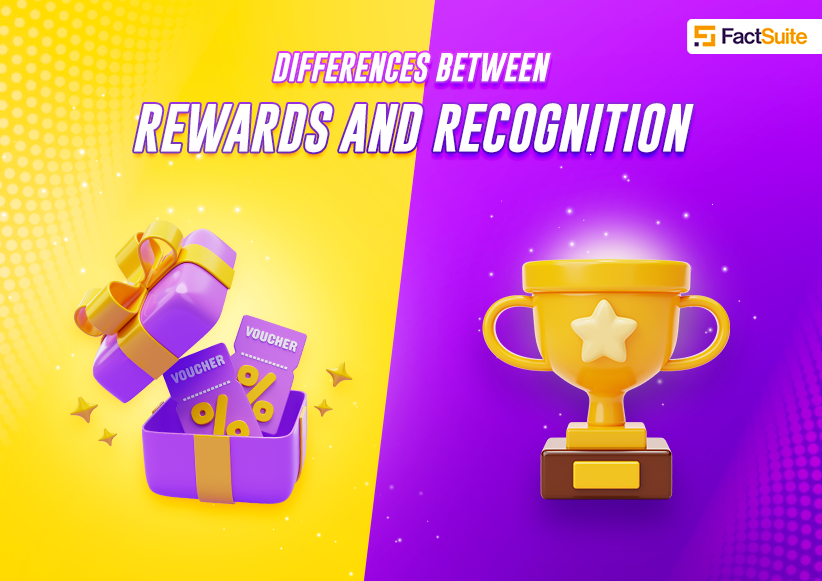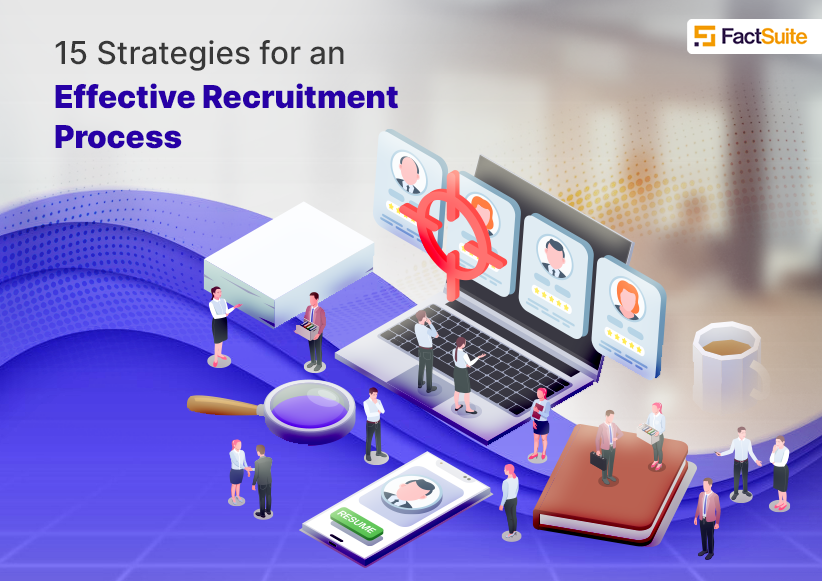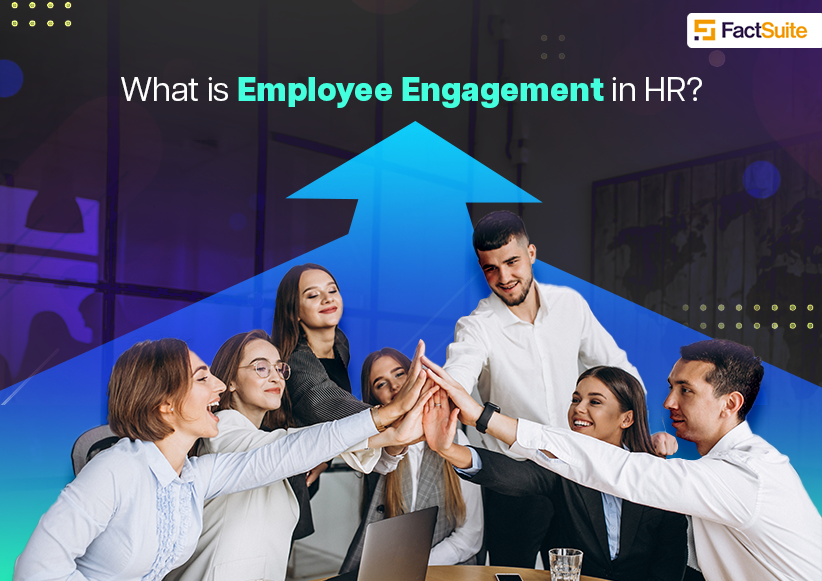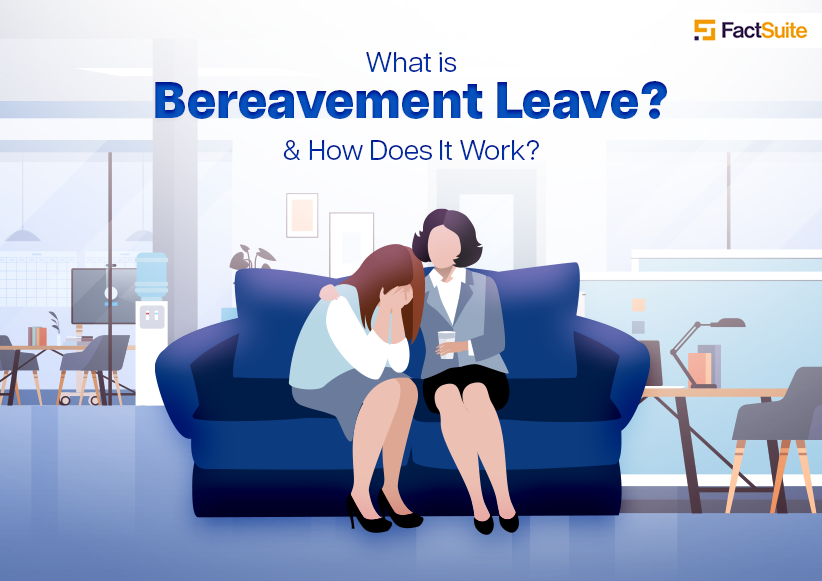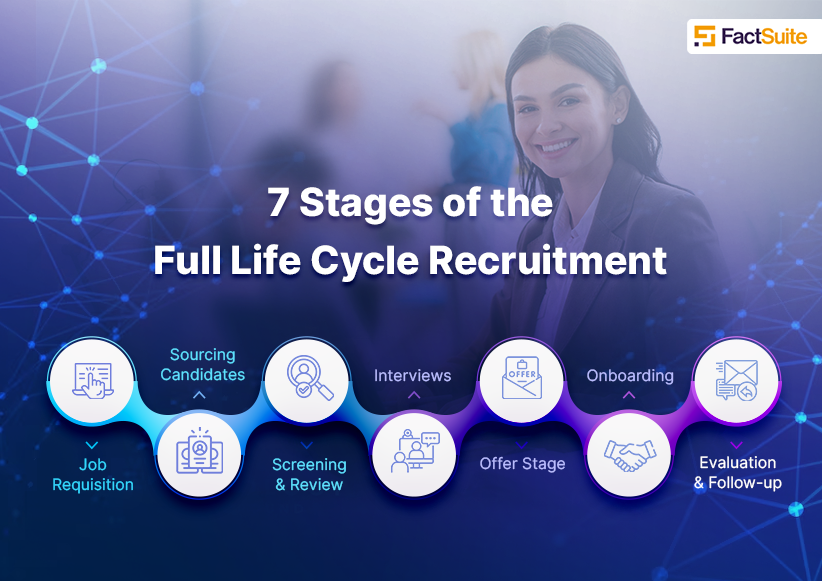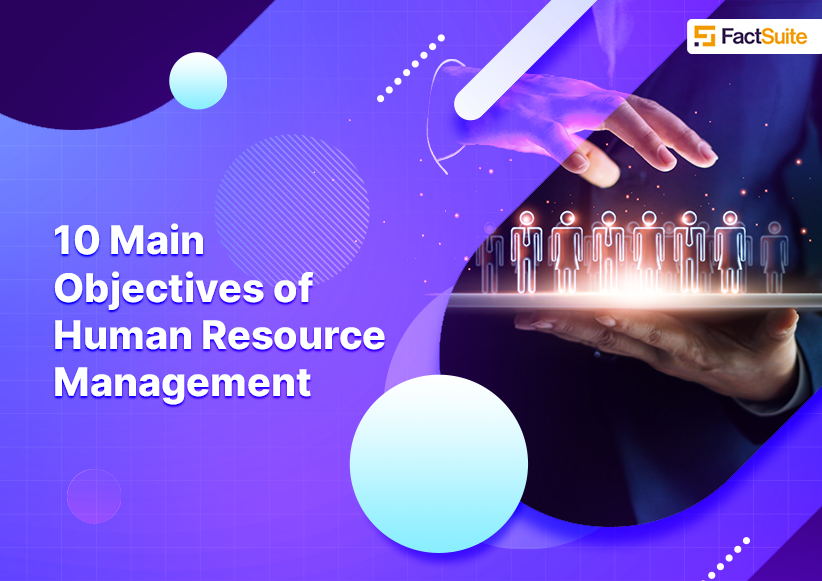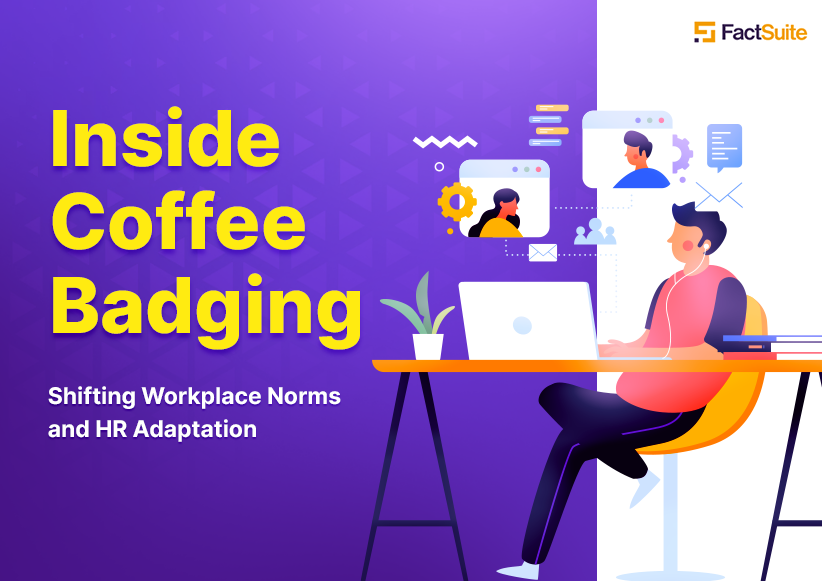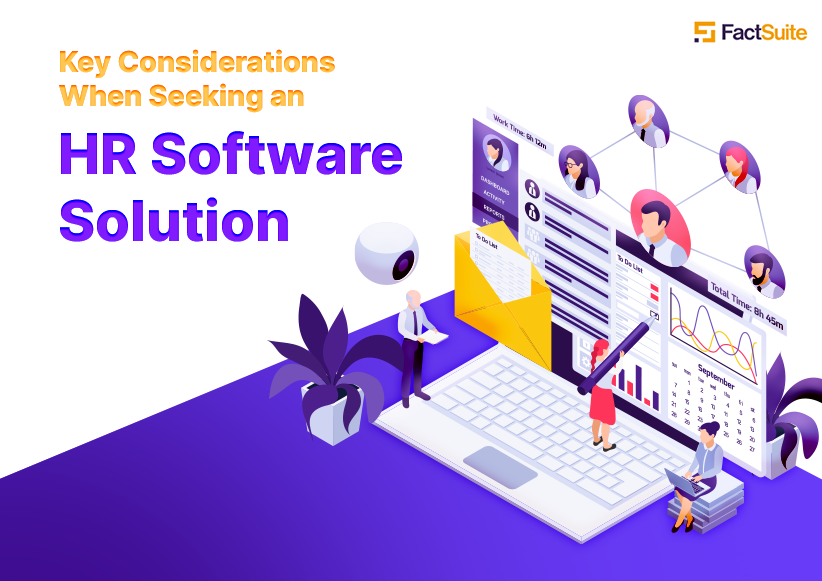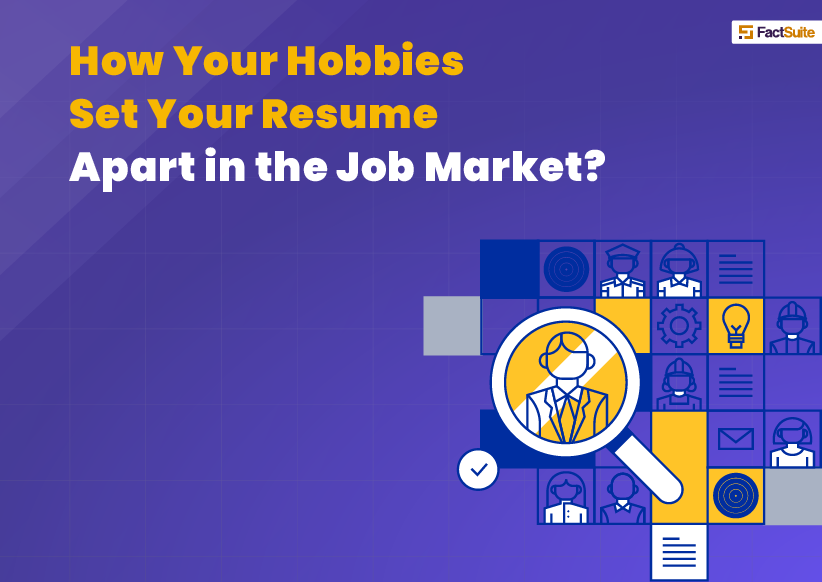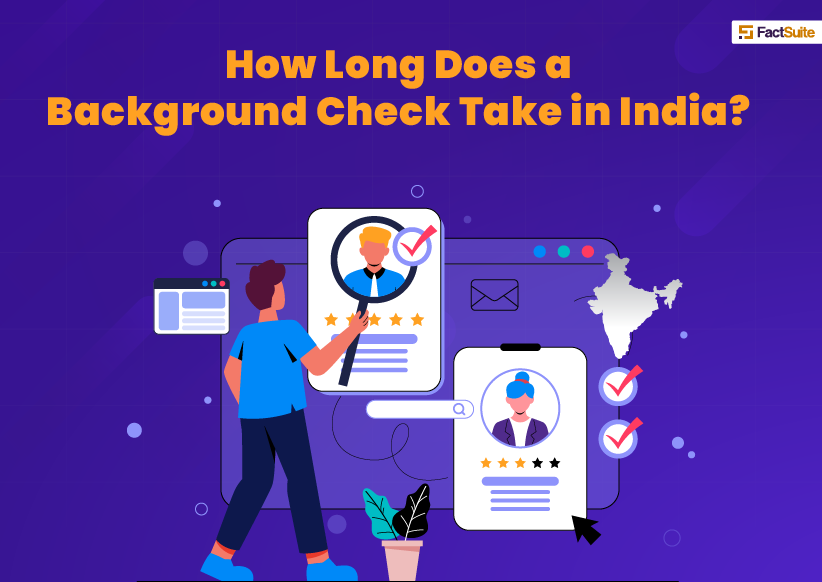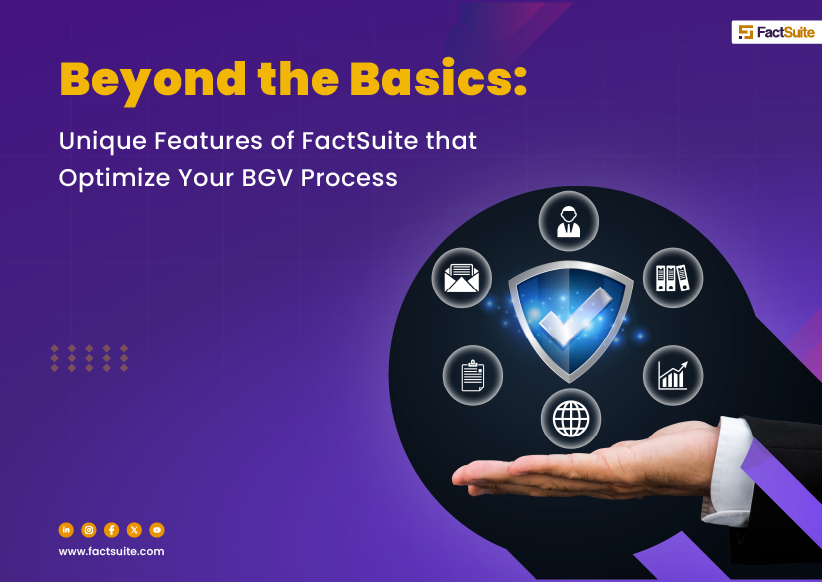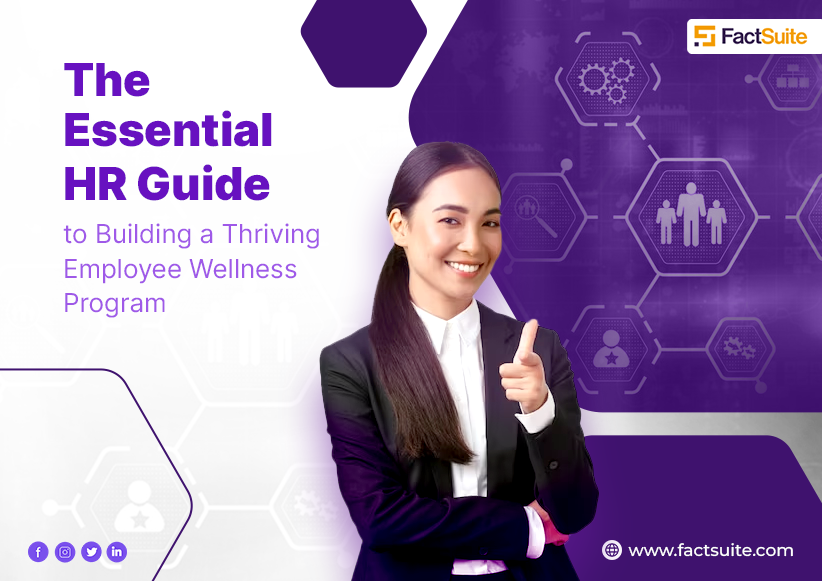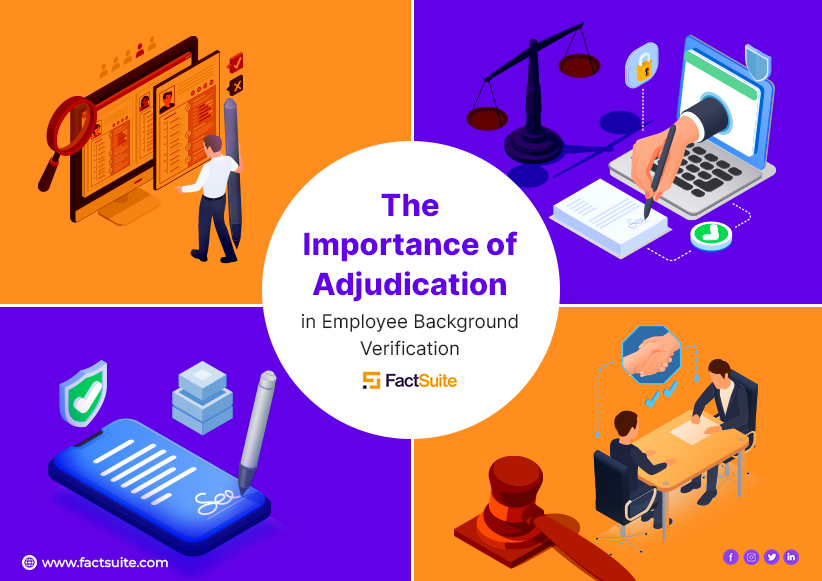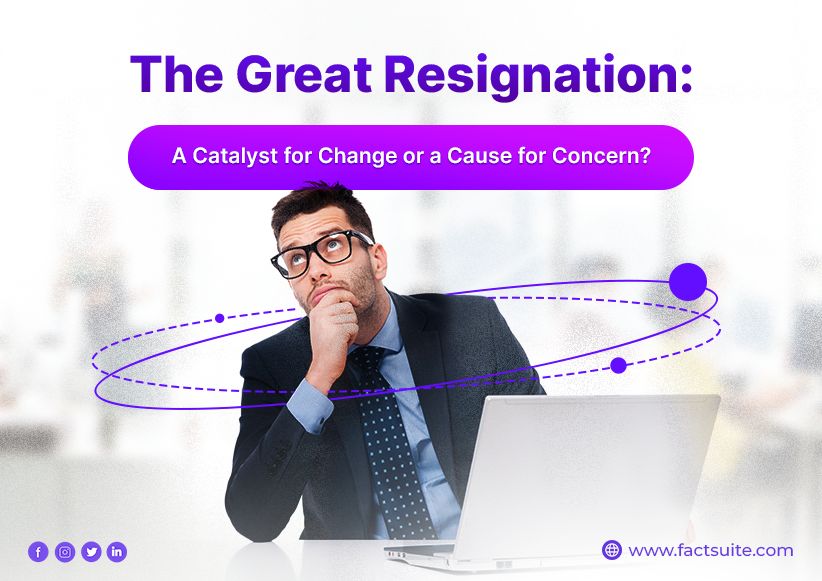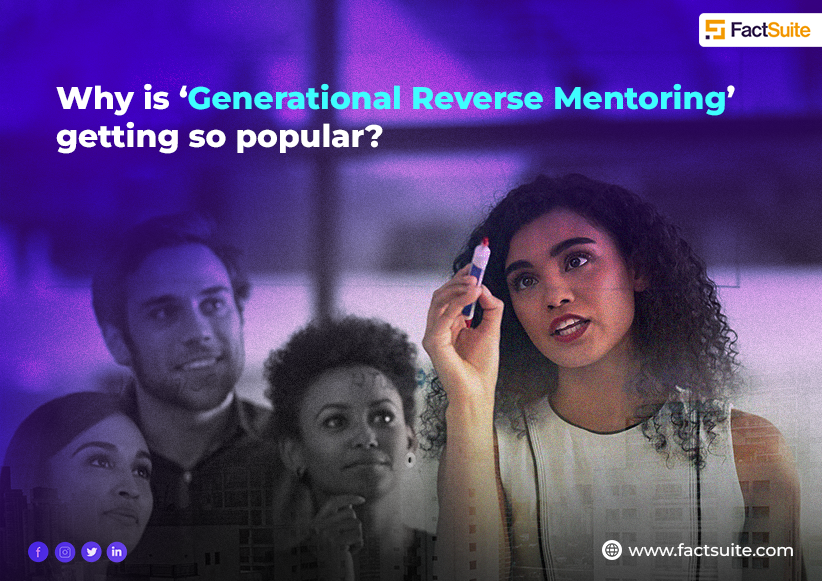Why Do We Make Bad Decisions? How to Make Effective Decisions?
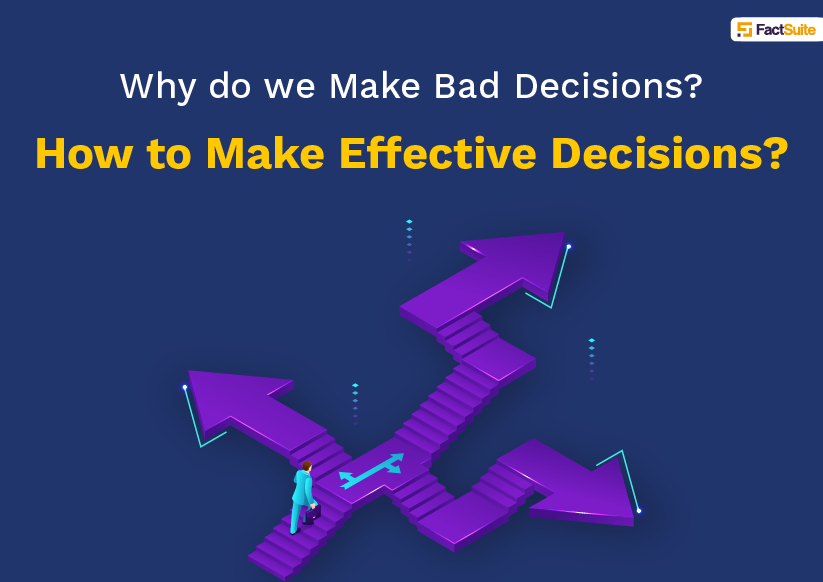
To respond to an email right now or later? To attend the CEOs conference in the US or not? To expand the company’s product portfolio or not? We humans make roughly 35000 decisions every day. That’s roughly around 2000 decisions every waking hour. Surprised?
Think about this. A decision to wake up when the alarm goes off, a decision to go for a run, a decision to wear the white shirt or blue, we make small and big, conscious and subconscious decisions through the day. And all these decisions have a consequence on important aspects of work and life. The result of making too many decisions: decision fatigue.
What is decision fatigue
No matter how wise and rational one is, one cannot keep making decisions without facing fatigue. The more decisions we make in a day, the harder it gets and eventually leads to finding shortcuts, which in turn result in bad decisions. A term coined by social psychologist, Roy F. Baumeister, decision-making means the deteriorating ability to make quality decisions after an extended period of making decisions.
Let’s try to understand this scientifically. The human brain assigns some of our mental resources to sustain our willpower and decision-making abilities. This process is called ego depletion. When our ego depletion is low, we lack self-control. That’s the point when we may face decision fatigue.
How does decision fatigue affect work?
- The decision to write a snappy email response to a colleague.
- After taking several decisions throughout the day, one may end up taking a rash decision.
How to avoid decision fatigue
- Limit your choices. When we limit our choices, we end up making lesser decisions. Too many choices can cause analysis paralysis – the state of over-analyzing a situation so that a decision or action is never taken, in effect paralyzing the outcome. For example, Barrack Obama wore only blue and grey suits in the oval office through his 8-year service. Steeve Jobs chose to wear a black turtleneck and jeans. Why waste time and decision-making skills on something as trivial as clothes. Right? So, are you going to follow these leaders?
- Prioritize important decisions. Schedule your most important work to be done at the time when you are most productive. Make it a habit. When you start having a routine time to complete your most important work of the day, you will not have to make the decision of choosing when to do important tasks of the day.
Building decision-making skills
Employers seek employees with key skills. Decision-making is the second most important skill that employers look for in employees. Decision-making skills is not one coherent skill, it is formed with a number of skills coming together. Let’s see what they are.
Problem solving
One of the most important skills at the workplace is problem solving. Finding the best possible solution when faced with a problem helps take better decisions.
Collaboration
At times, you may need to collaborate with your colleagues and co-workers to make decisions. Do you have the right skills to communicate your goals clearly? Are you open to feedback and other people’s perspectives?
Emotional intelligence
Are you aware of your emotions? Can you control them? When working in a team, one may need to be aware of emotions to effectively convey your opinions.
Logical reasoning
In order to take good decisions, you may need to gather and analyze all the information available. Are you able to weigh advantages, disadvantages, pros and cons before taking a decision?
Decision making for managers and leaders
However, decision making for leaders and managers is easier said than done. When organizational decisions are taken, there are multiple factors that come into play. For example, at Xerox, the company stressed on value-based and ethics in the process of making decisions as a key factor. Meanwhile, Google considers speed and time frame.
But why do organizations differ from each other in the way they make decisions? There are different factors at play.
- The culture of the company: Policies, hierarchy and the processes followed by each company.
- Perception of the decision maker: Decisions are affected by the personality, values and experiences if a single leader or manager takes them.
- External environment: Factors such as the economy, Government, socio-political atmosphere and market influence decisions.
Decisions are taken at all levels – organizational, manager, team leader and individual employee level. A study by HBR Ascend found that even though organizations have decision-making practices, only 2% managers follow the process. Let’s look at how managers can balance the dynamic elements of work and make good decisions. HBR Ascend shares a checklist.
1. When making a decision, write down five company goals or priorities that might be impacted by your decision. This will help you focus on the most important aspects.
2. Write down three or more alternatives to your preferred decision. It will help improve decisions.
3. Write down the long-term impact of your decision. This will give a practical perspective.
4. Involve colleagues and co-workers and get their opinions. This will also reduce bias.
5. Once a decision is made, do a follow-up review after a month or two. It will help you figure out if your initial decision needs tweaking.
With so many decisions to be made, with so many benefits of decision-making skills, honing your decision making skills is worth a try. Don’t you think?
